IBM SAN Volume Controller(SVC) Gateway Array Heterogeneous Storage Takeover Testing with Huawei OceanStor Dorado All-Flash Storage

Axians Global
All Rights Reserved
Executive Summary
Axians Global (“Axians”) assessed the interoperability of IBM SAN Volume Controller(SVC) Gateway Array Heterogeneous Storage Takeover Huawei OceanStor Dorado All-Flash Storage .
In the assessment, Axians has determined that IBM SAN Volume Controller(SVC) will function with Huawei Storage for the following scenarios:
Test Scenario | Storage Involved | Protocol(s) Tested | Result |
The Huawei storage is taken over by the IBM SAN Volume Controller (SVC) gateway Array. After the storage resources are pooled by the gateway, they are reallocated to hosts, simplifying management | Huawei OceanStor Dorado V700 | FC | Passed |
In this document, you will find details on the above test cases and the captured output. The procedures conducted in the tests are referenced from standard online documentation from IBM and Huawei.
1. Environment Configuration
1.1 Networking diagram
Figure 1.1 Networking Requirements for Two-Node IBM SVC Taking Over Four-Controller OceanStor Dorado 8000
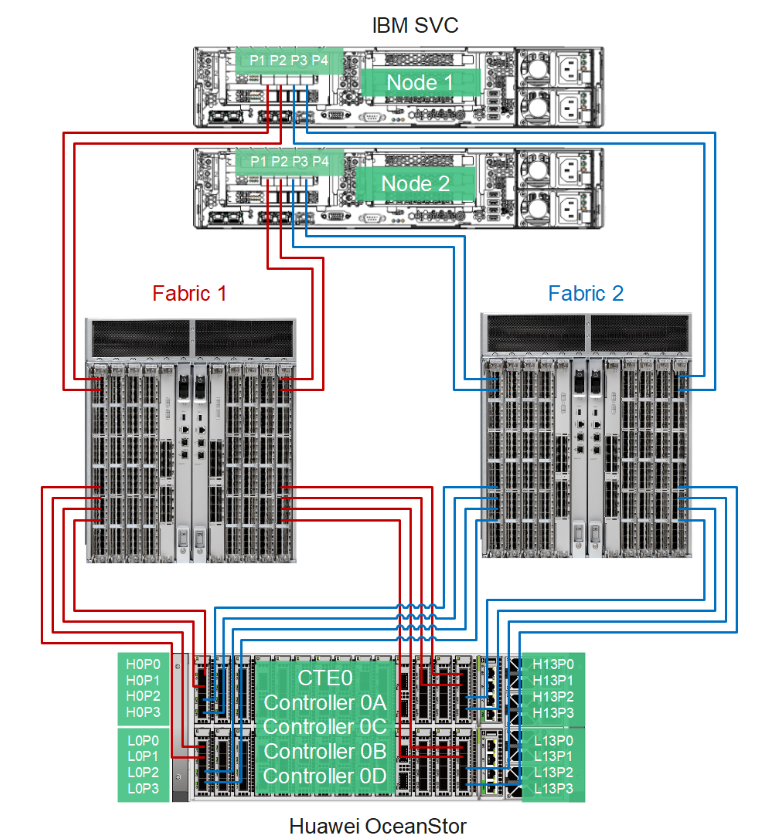
1.2 IBM SVC Networking Requirements
According to the official documents and best practices of IBM SVC ,the storage network must meet the following requirements:
Each Huawei storage system can use up to 16 Fibre Channel ports to connect to IBM SVC. There are 4 Fibre Channel ports used to connect to IBM SVC in this Test.
Each port of the storage must be detected by all nodes of IBM SVC. Otherwise, the storage and MDisk are degraded, and an error is reported in the log indicating that repairing is required.
The storage’s Fibre Channel ports are dedicated to IBM SVC and cannot be shared with other hosts or used for other purposes. Port sharing is only functional during data migration and for a limited time.
When you configure zones for communication between IBM SVC nodes in the same system, up to 16 port logins are allowed from one node to any other node in the same fabric. Note that Fibre Channel ports connected to hosts or storage can also be used for communication between nodes
Note: Within each test configuration, a single zone comprises all initiator ports from an IBM SAN Volume Controller (SVC) node and one target port of an OceanStor Dorado V700 storage system, residing within the same Fibre Channel fabric
1.3 Hardware and Software Configuration
1.3.1 Storage Configuration
Table 1-1 Huawei storage configuration table
Name | Model | Version | Quantity |
Gateway Array | IBM SAN Volume Controller(SVC) | 7.8.1 | 1 |
Storage | OceanStor Dorado 8000 | V700 | 1 |
1.3.2 Matching Hardware Configuration
Table 1-2 Hardware Configuration
Name | description | Usage | Quantity |
RH_2288H_V3 Server |
| Installing Linux system for Host Server | 1 |
SNS_3664 32G FC Switch | Network switch | Connecting two IBM SVC nodes as a cluster, networking between IBM SVC and Huawei storage, and the business network connecting IBM SVC to servers | 2 |
1.3.3 Test Software and Tools
Table 1-3 Test Software and Tool List
Software Name | description | Version | Quantity |
Operation System | Install the Linux Hosts | CentOS 8.0 | 1 |
Vdbench tool | Software for simulating business IO issuance | 50407 | 1 |
2. Test Preparation
2.1 Scan initiators from IBM SVC on Huawei storage
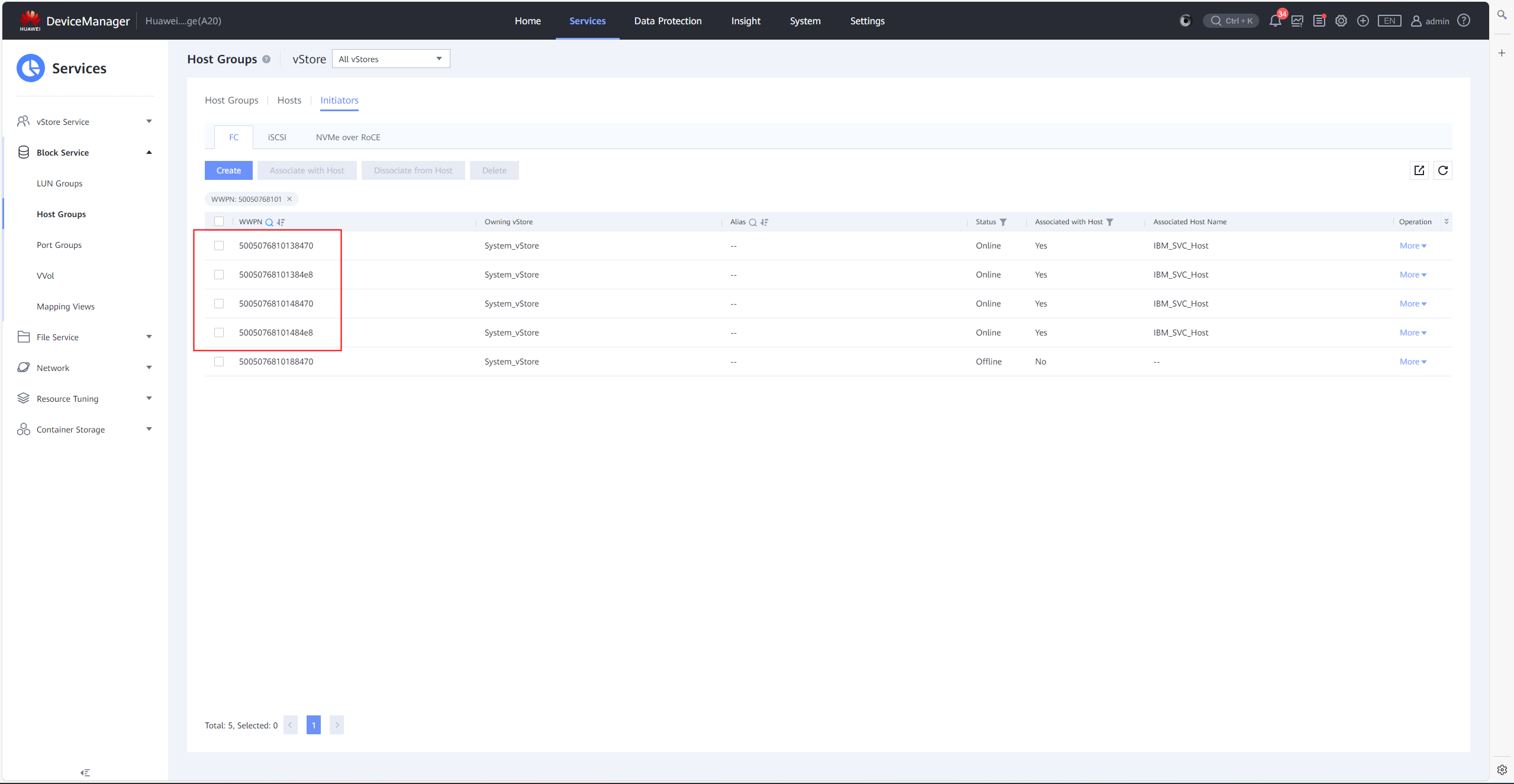
2.2 OceanStor Dorado V700 Configuration Requirements
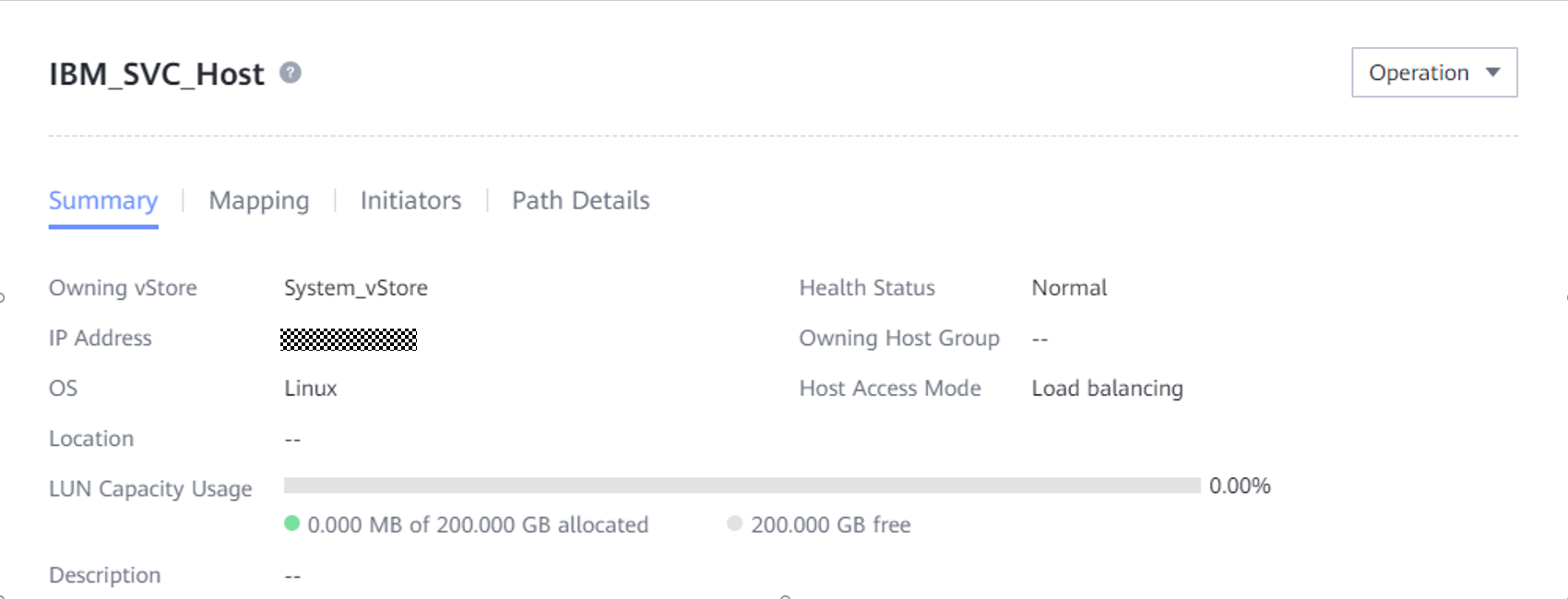
When creating a host on OceanStor Dorado V700, set the host OS to Linux and retain the default host access mode (load balancing).
OceanStor Dorado V700 uses the following method to create hosts.
Method : Use all initiators of IBM SVC to create a host.
Note:
OceanStor Dorado V700 storage systems use the active-active architecture.
SVC uses the WWNN of OceanStor Dorado V700 as the unique identifier of a controller. An OceanStor Dorado V700 storage system reports only one WWNN (not the WWPN of a Fibre Channel port), which is identified as a controller on IBM SVC.
2.3 Check the numbles and status of the paths
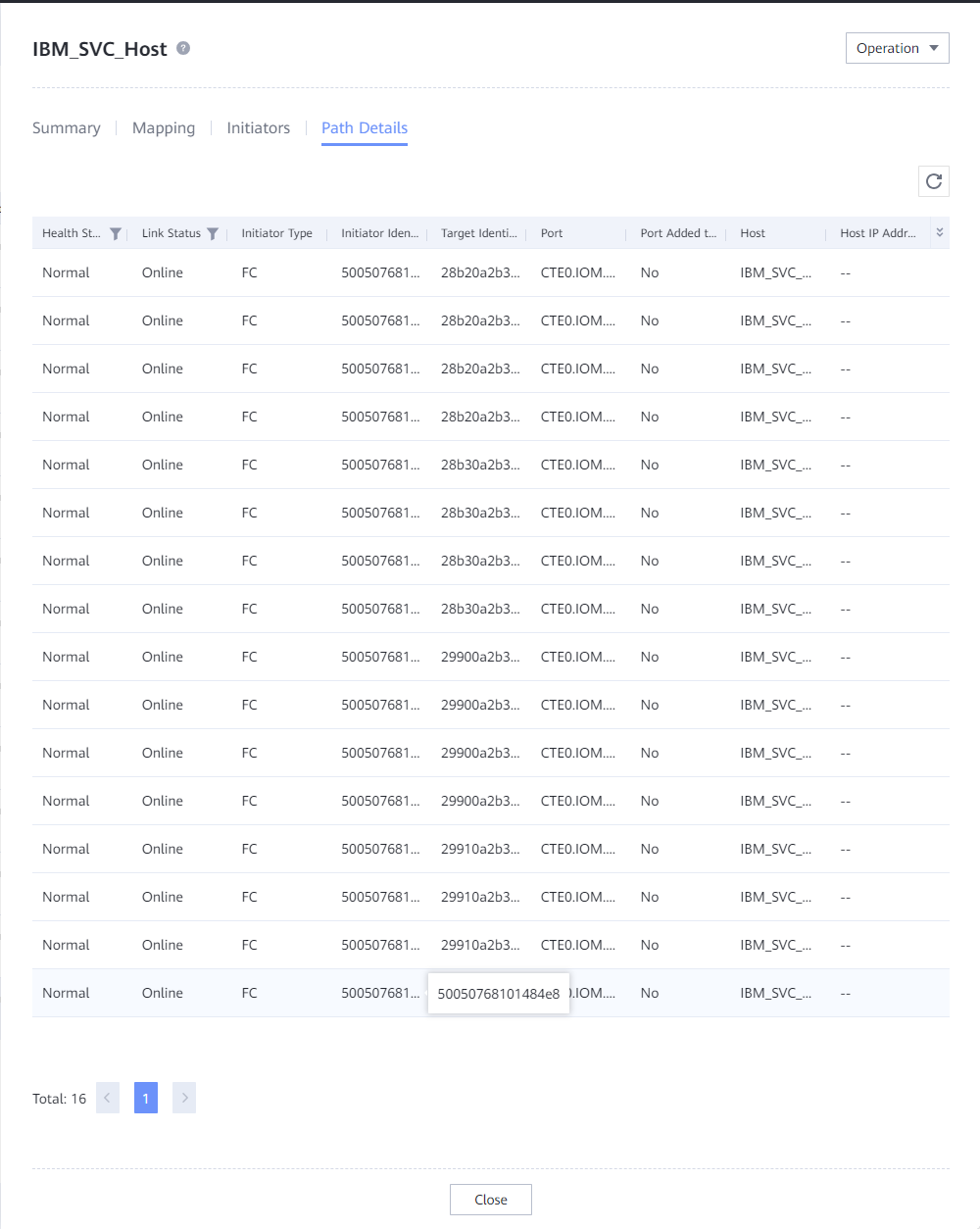
2.4 IBM SVC Comfiguration Requirements
When adding the MDisk to a pool on IBM SVC, you can select Flash, Enterprise, or NearLine for Tier based on service requirements. This parameter is for the Easy Tier function (similar to SmartTier of Huawei storage) of IBM SVC. When an OceanStor Dorado all flash storage system is used, select Flash.
When creating a volume on IBM SVC, you can select None, Thin-provisioned, or Compressed for Capacity saving, where Thin-provisioned is recommended.
If Thin-provisioned is selected, the volume is in the Online state after being created.
After volumes are created on IBM SVC, Cache mode is Enabled by default. OceanStor Dorado V700 is an all-flash storage system. According to the best practices of IBM SVC, you are advised to set Cache mode to Disabled
2.5 Create a host with the initiators from the test server on IBM SVC
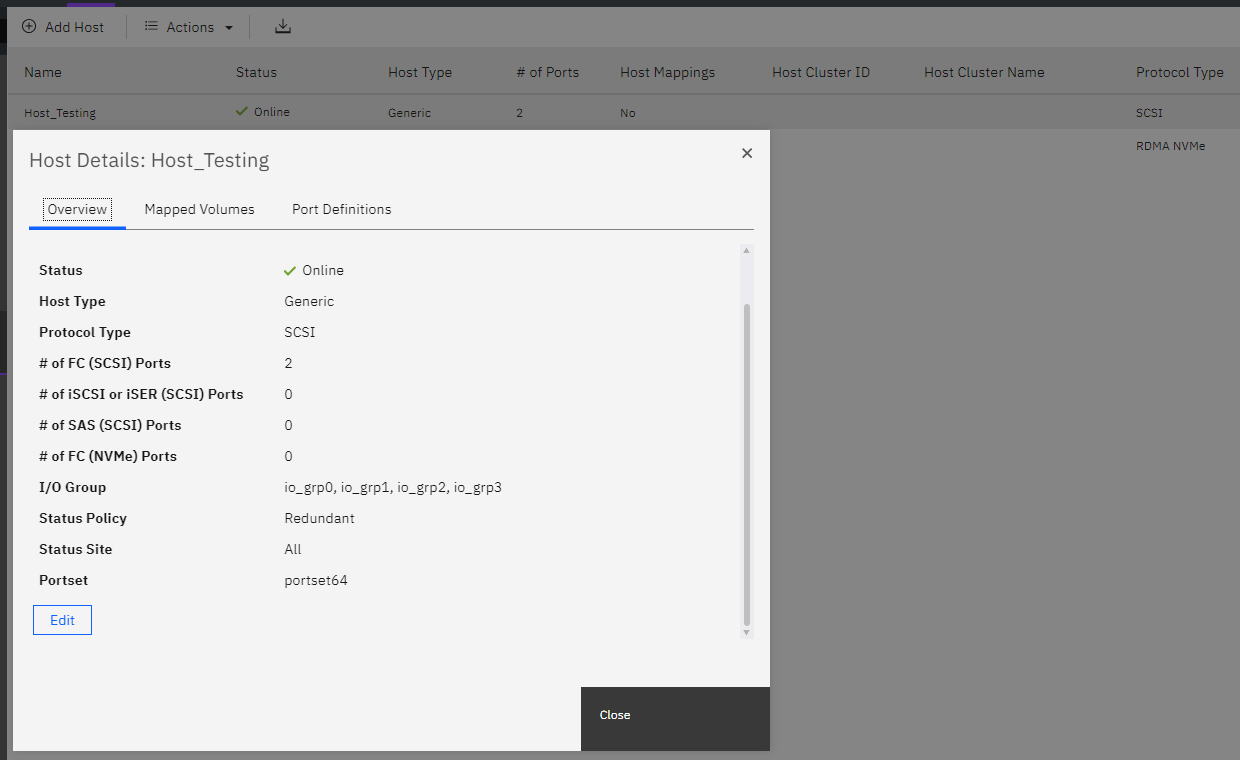
3. Heterogeneous Storage Takeover Functional Testing
3.1 Huawei Storage Controller Identification
Prerequisites |
|
Test Procedure |
|
Expected Result |
|
Test Result |
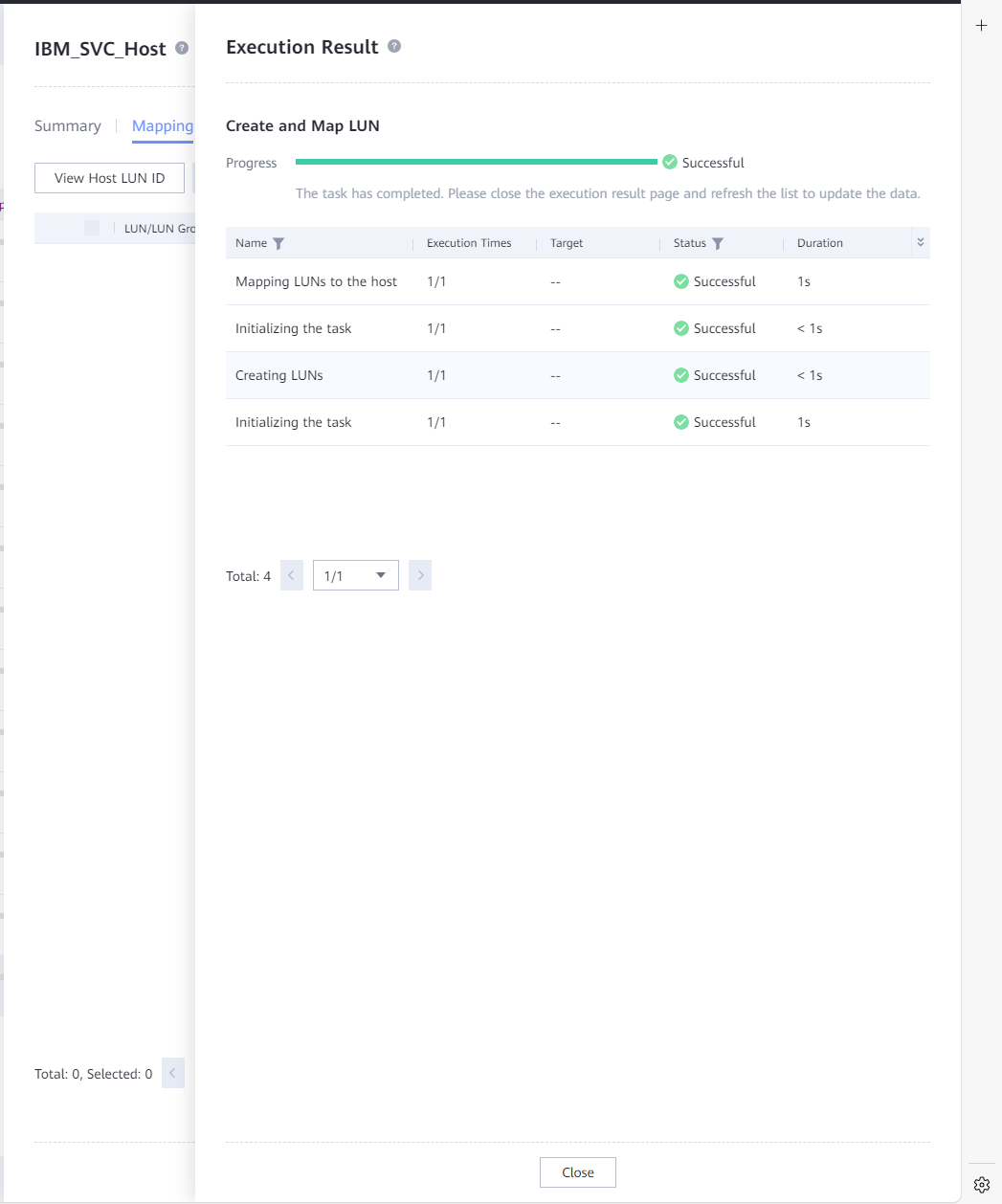 2. Step 2 Map the LUN  3. Step 3 Scan for external storage on the gateway storage  4. Step 4 the number of controllers stored on the gateway for Huawei storage devices is 1  |
Test Conclusion | Passed |
3.2 Huawei Storage WWN/SN Identification
Prerequisites |
|
Test Procedure |
|
Expected Result |
|
Test Result |
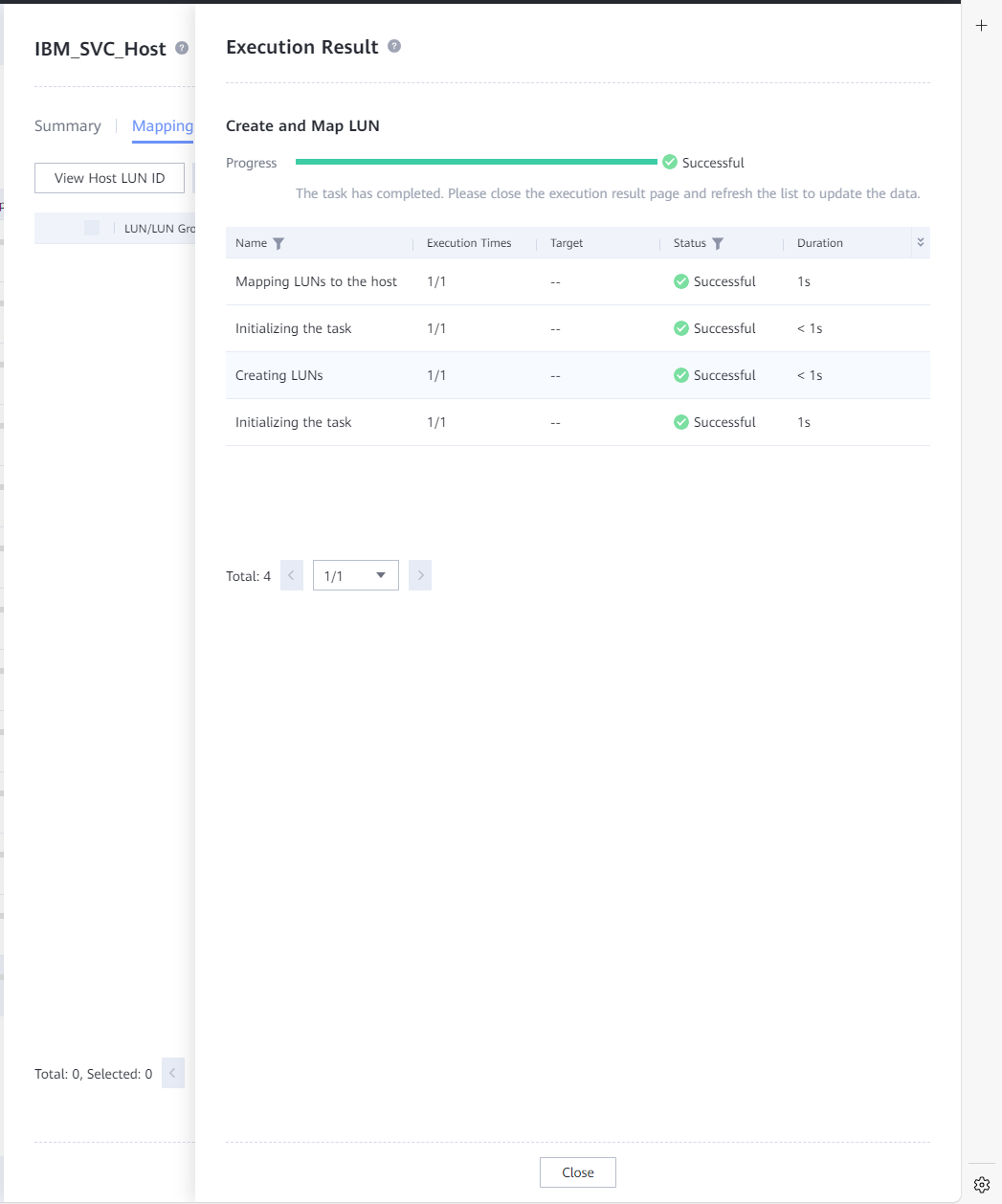 2. Step 2 Map the LUN  3. Step 3 Scan for external storage on the gateway storage  4. Step 4 Check the gateway storage uses the WWN of the Huawei storage device as the unique identifier  compare it with the DeviceManager of Huawei storage, and it matches the information on Huawei Storage DeviceManager 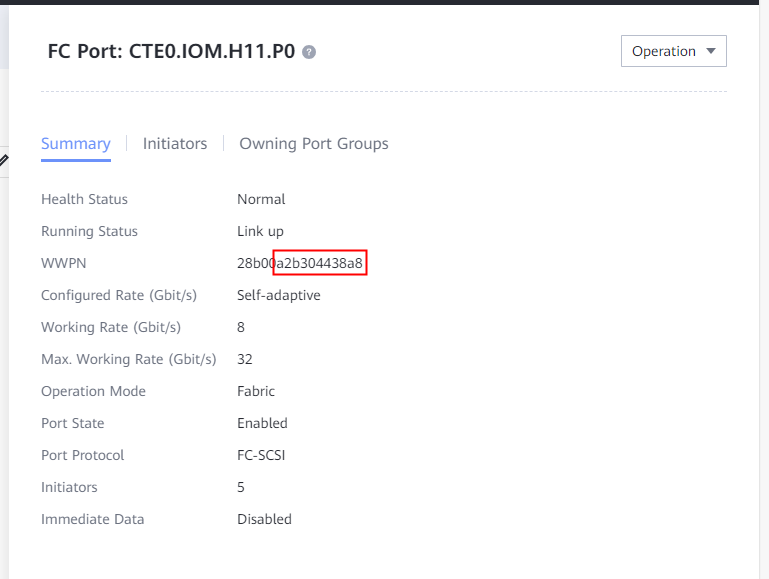 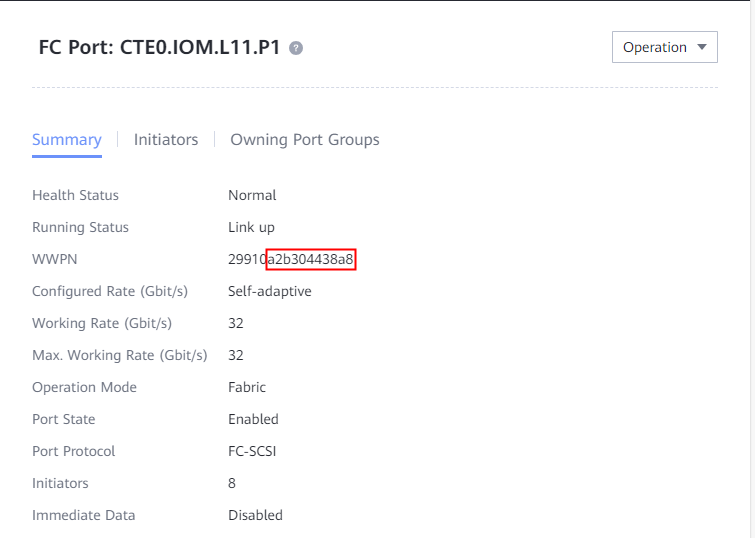 |
Test Conclusion | Passed |
3.3 PID Identification
Prerequisites |
|
Test Procedure |
|
Expected Result |
|
Test Result |
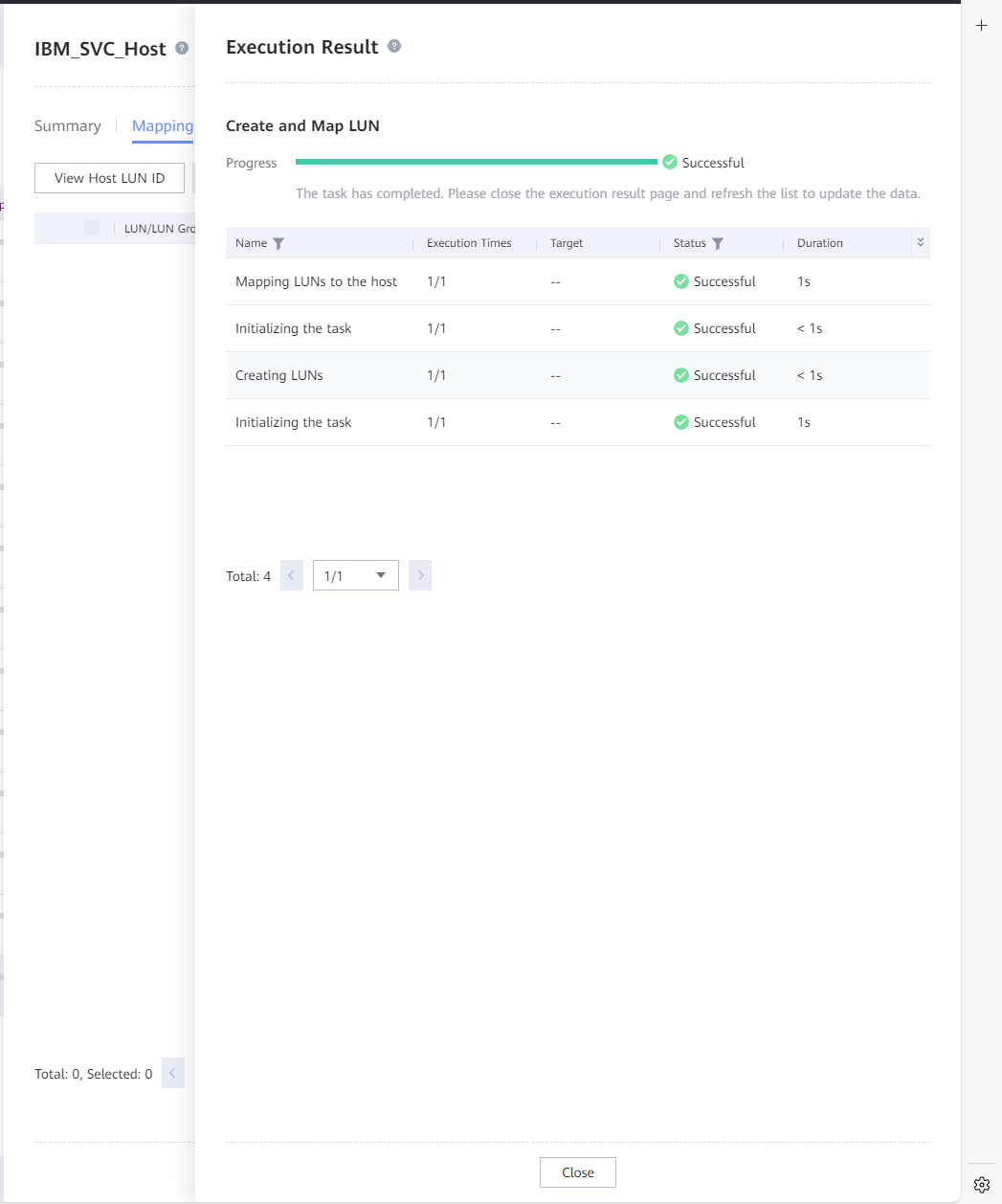  3. Step 3 Scan for external storage on the gateway storage  4. Step 4 ,the PID is XSG1  |
Test Conclusion | Passed |
3.4 VID Identification
Prerequisites |
|
Test Procedure |
|
Expected Result |
|
Test Result |
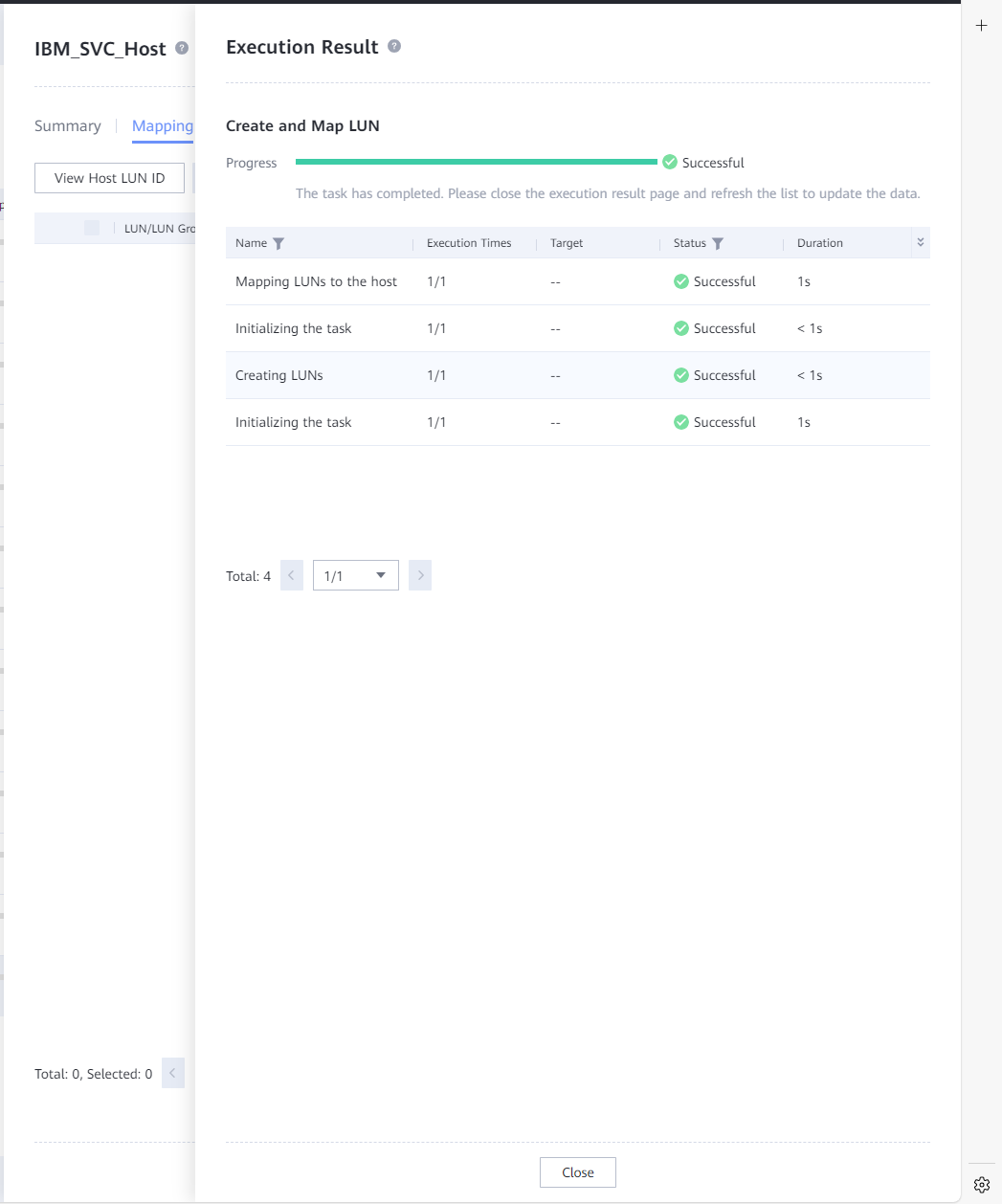 2. Step 2 Map the LUN  3. Step 3 Scan for external storage on the gateway storage  4. Step 4 ,the VID is HUAWEI  |
Test Conclusion | Passed |
3.5 LUN WWN Identification
Prerequisites |
|
Test Procedure |
|
Expected Result |
|
Test Result |
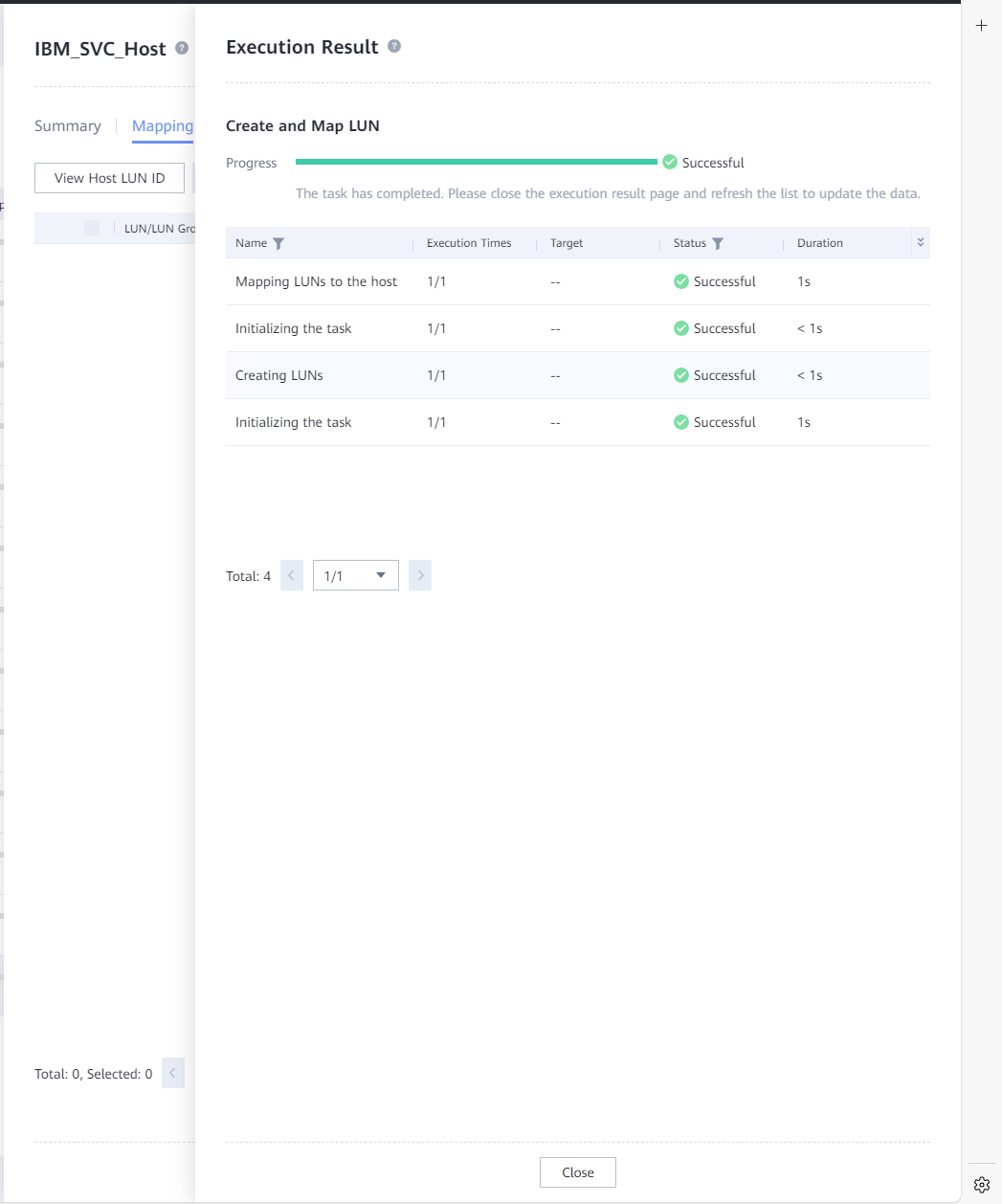 2. Step 2 Map the LUN,  3. Step 3 Scan for external storage on the gateway storage, no errors are reported during scanning, and the LUNs mapped by Huawei storage are successfully detected on the gateway storage  4. Step 4, Check the WWN of the LUN on the gateway storage 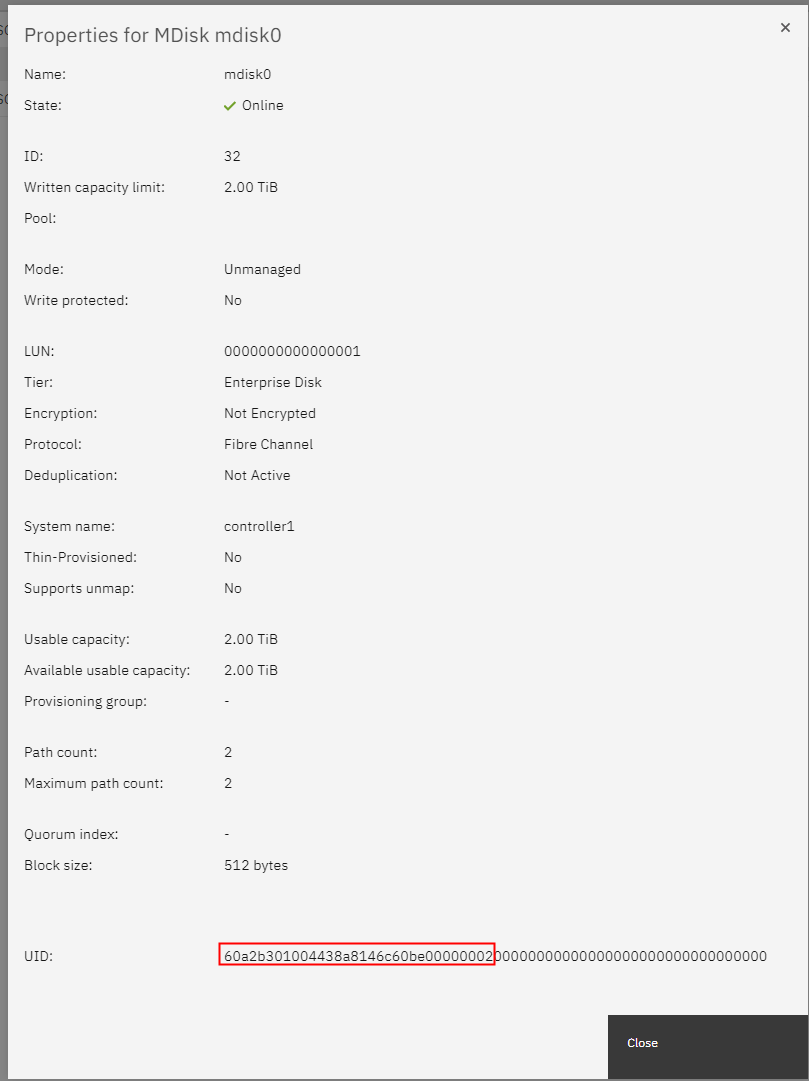 5. It is consistent with that on the Huawei storage 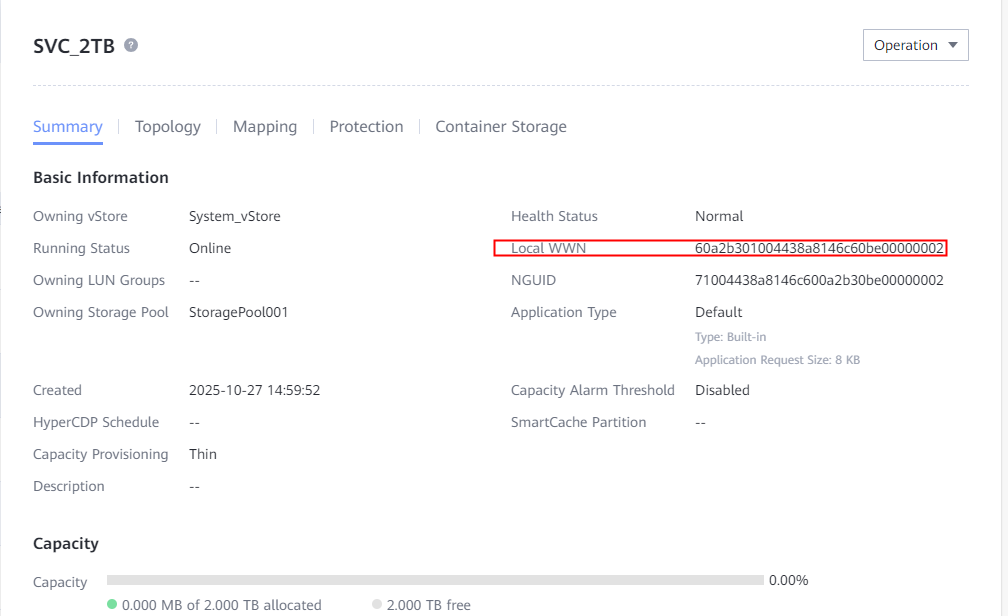 |
Test Conclusion | Passed |
4. Heterogeneous LUN interoperability Testing
4.1 Minimum LUN Identification
Prerequisites |
|
Test Procedure |
|
Expected Result |
|
Test Result |
  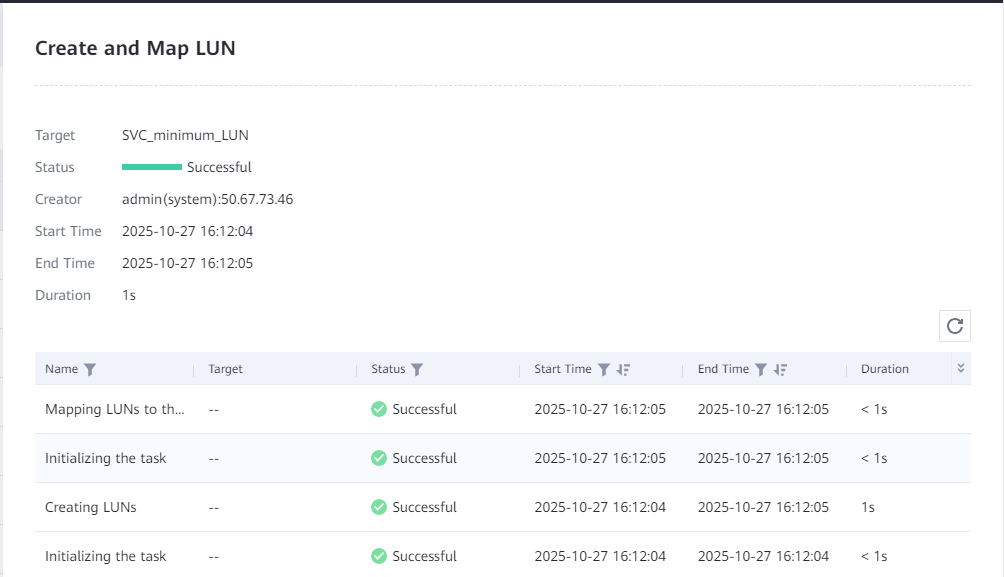 3. In step 3, no errors are reported during scanning, and the LUNs mapped by Huawei storage are successfully detected on the gateway storage   4. In step 4, the capacity of the detected LUNs on the gateway storage is consistent with that on Huawei storage DeviceManager 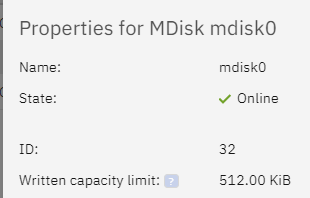 |
Test Conclusion | Passed |
4.2 Maximum LUN Identification
Prerequisites |
|
Test Procedure |
|
Expected Result |
|
Test Result |
  2. Step 2,Map the LUN from Huawei storage to the gateway storage  3. In step 3, no errors are reported during scanning, and the LUNs mapped by Huawei storage are successfully detected on the gateway storage   4. In step 4, the capacity of the detected LUNs on the gateway storage is consistent with that on Huawei storage DeviceManager 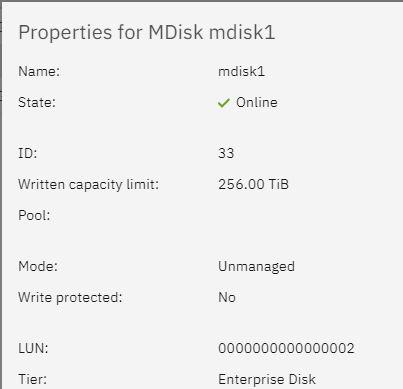 |
Test Conclusion | Passed |
4.3 Minimum and Maximum Host LUN ID Identification
Prerequisites |
|
Test Procedure |
|
Expected Result |
|
Test Result |
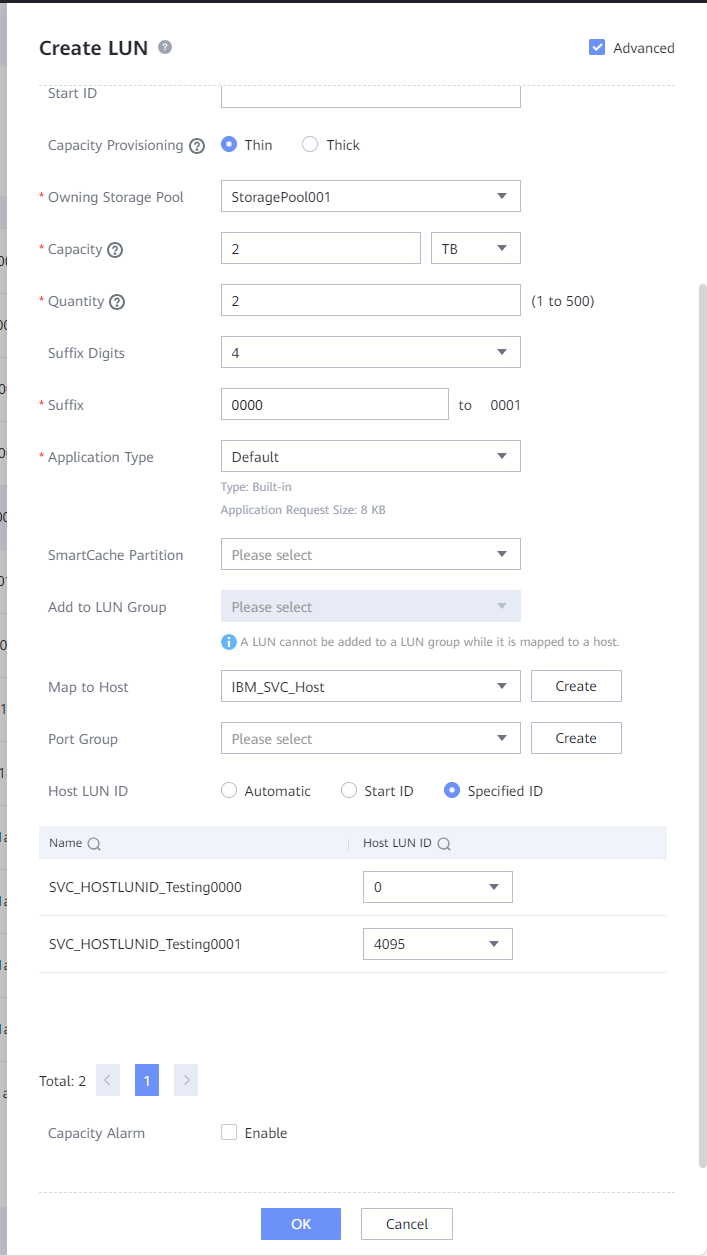 2. Step2, No errors are reported during the scan, and the LUNs mapped by Huawei storage are successfully scanned on the gateway storage 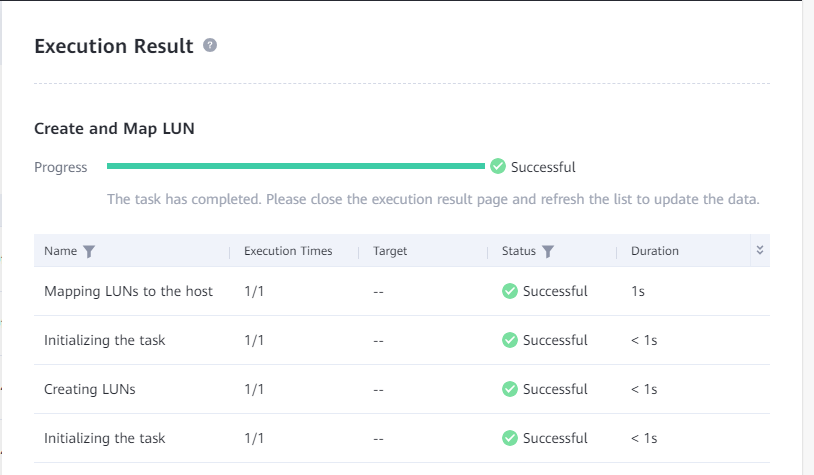   3. Step3,volumes are successfully created   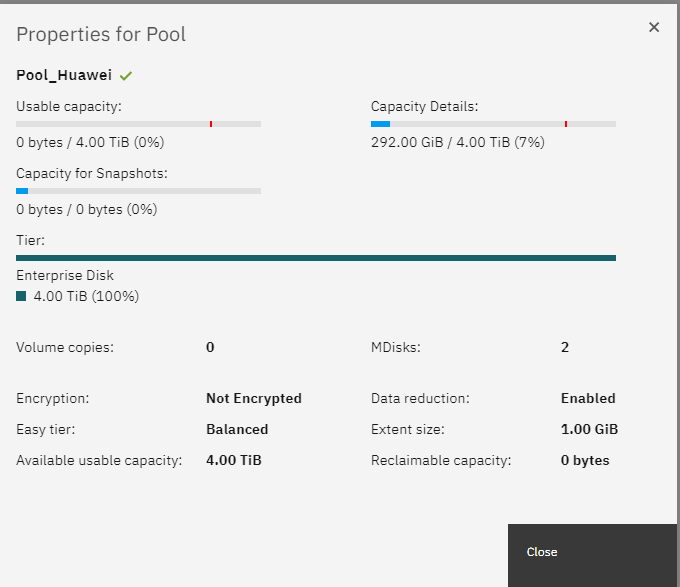 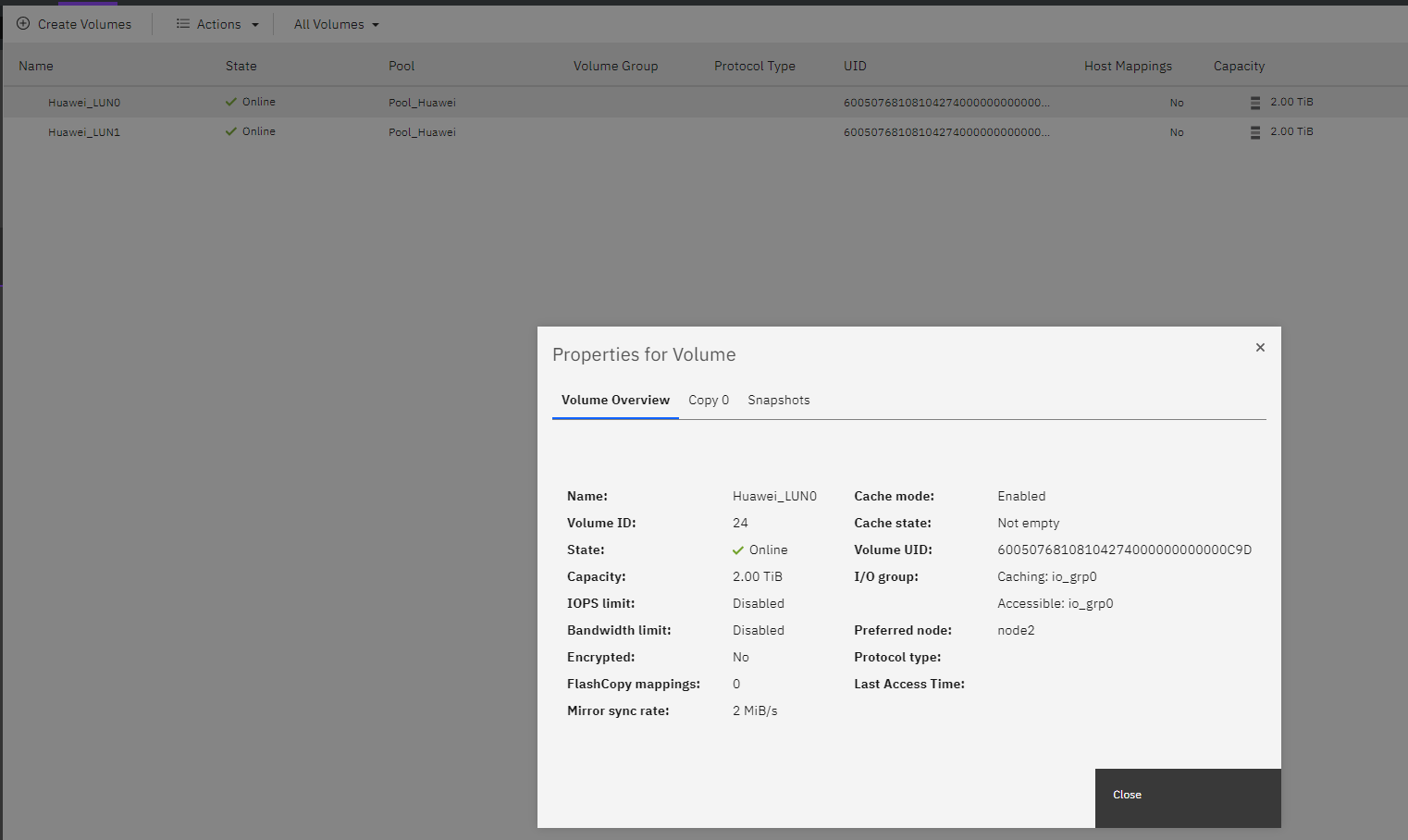 |
Test Conclusion | Passed |
4.4 Map the taken-over LUN to the host for read/write testing
Prerequisites |
|
Test Procedure |
|
Expected Result |
|
Test Result |
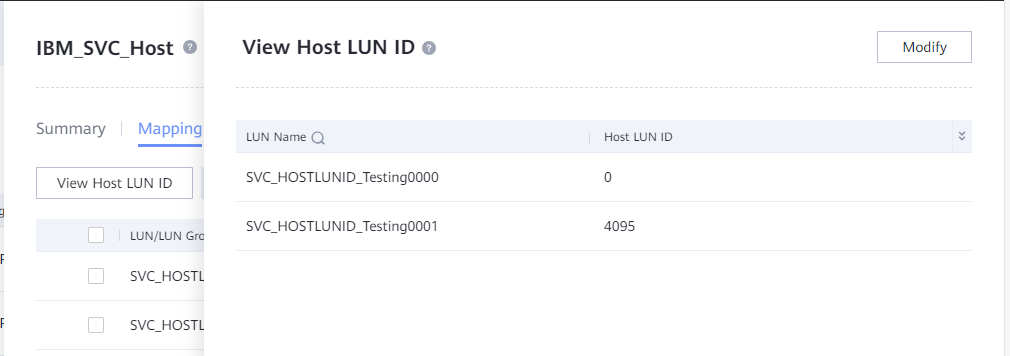 2. Step 2,Scan for disks on the gateway storage, create pools/volumes using the detected LUNs, and map them to the host 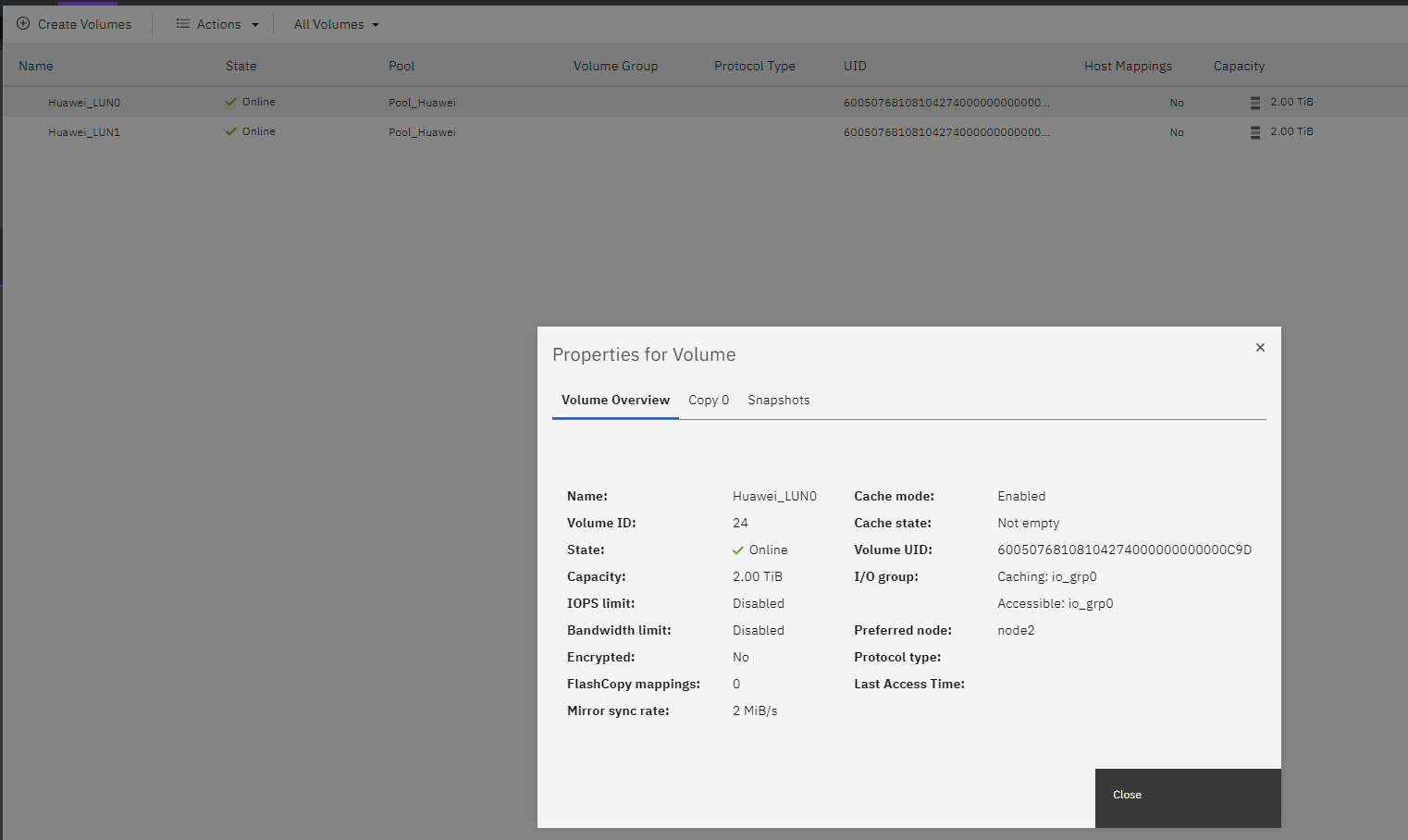 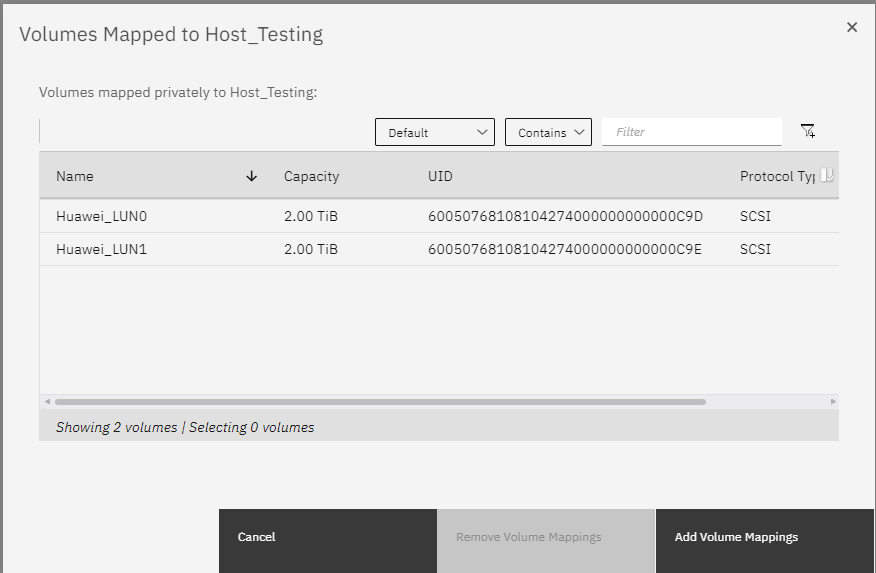 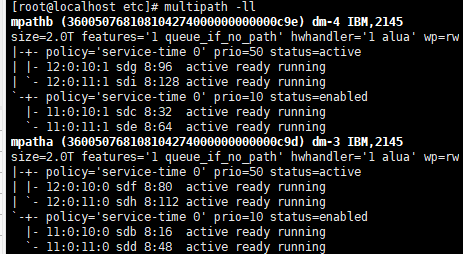 3. On the host, create a file system on one volume, write files to it, and use a tool to continuously read and write data on the other volume until the test case ends 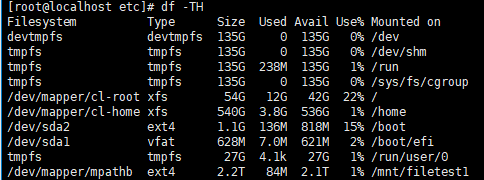 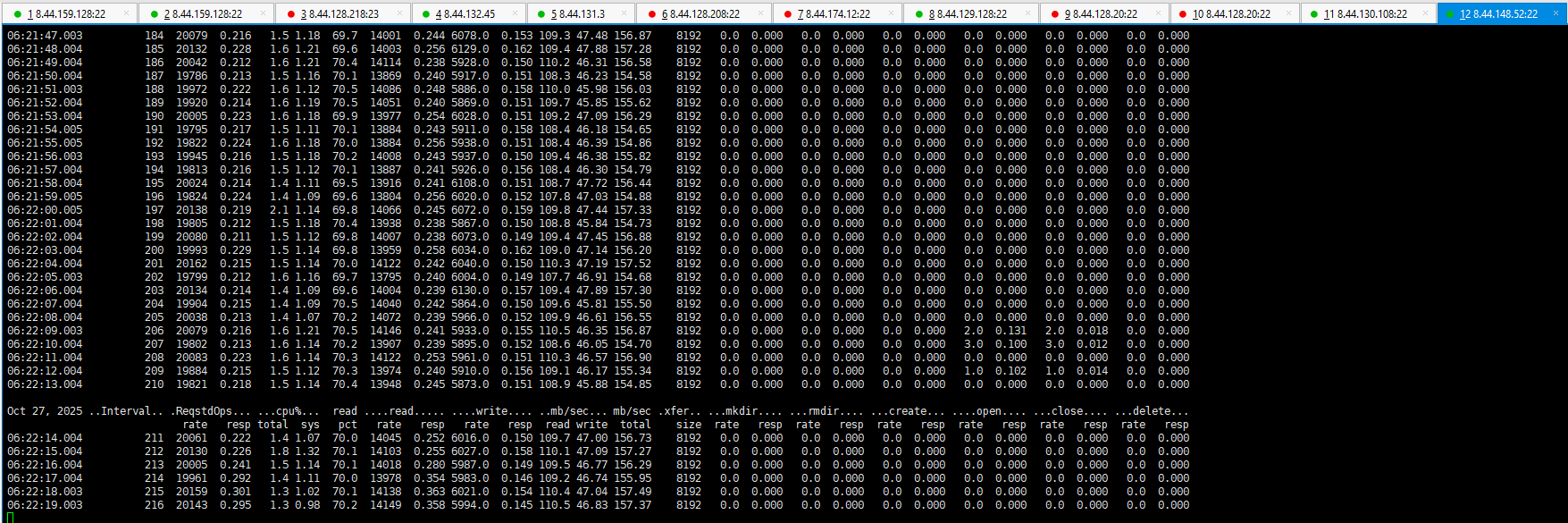 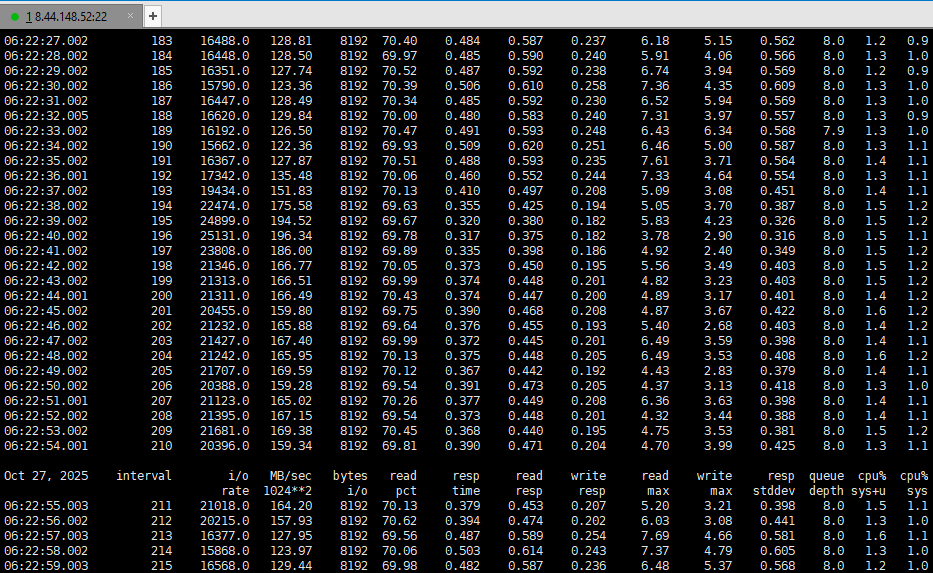 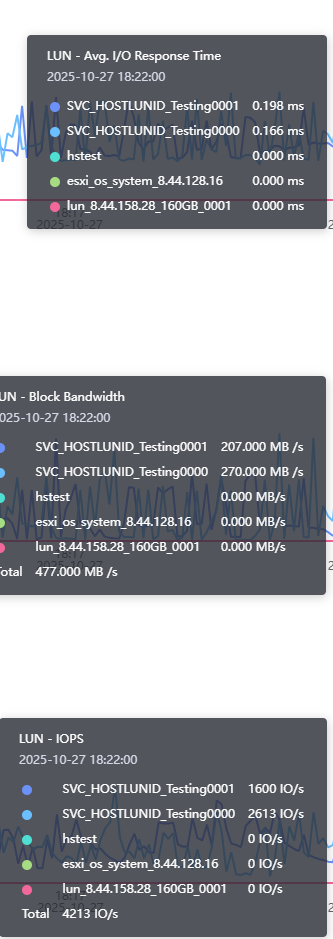 4. Step5, files in the file system on the host can be read and written normally, the tool runs without interruption, and there is no significant change in performance. 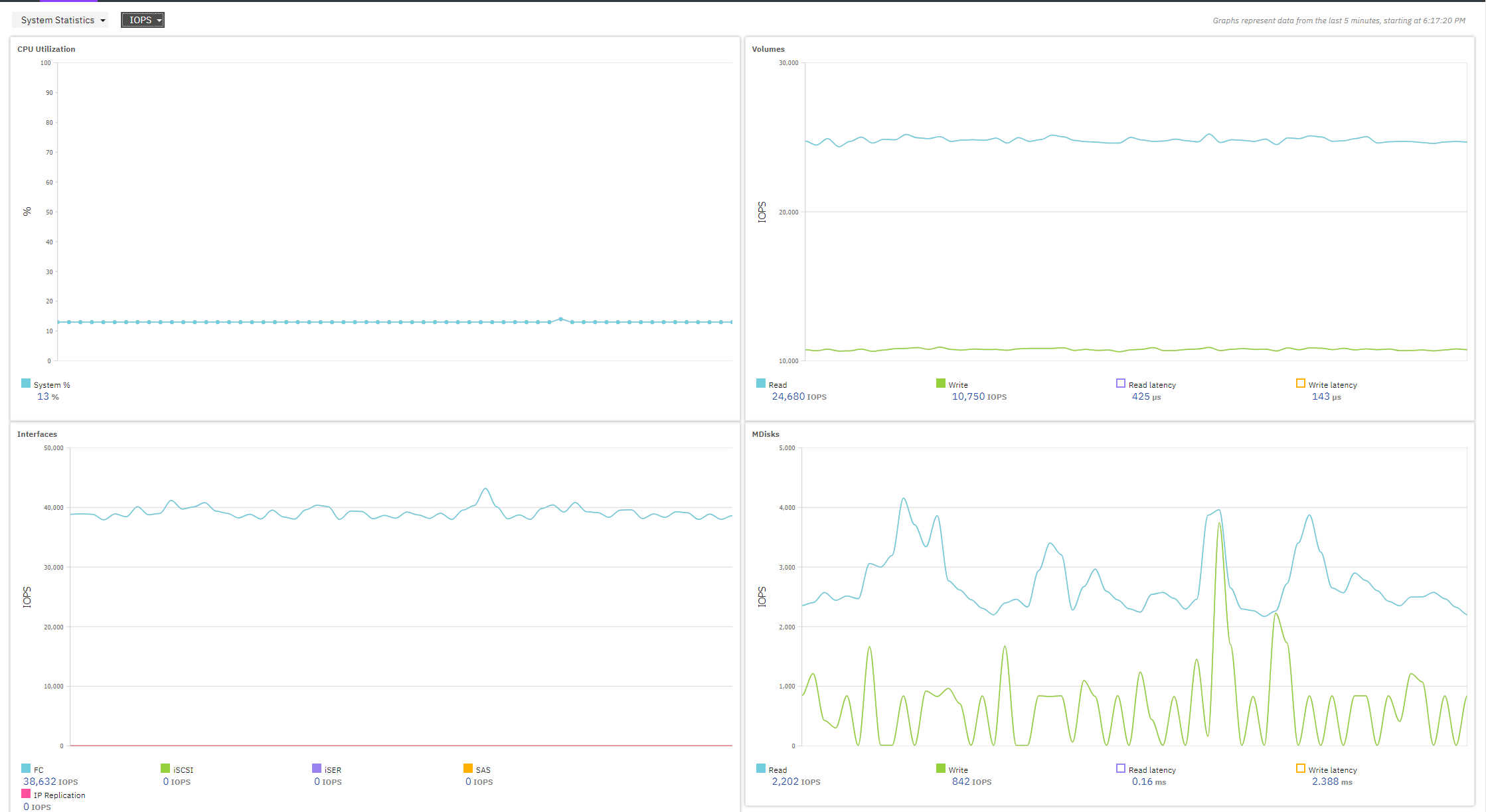 |
Test Conclusion | Passed |
5. Reliability Testing
5.1 Switch Networking – Long-Term Disconnection and Recovery of a Single Link on Huawei Storage Side
Prerequisites |
|
Test Procedure |
|
Expected Result |
|
Test Result |
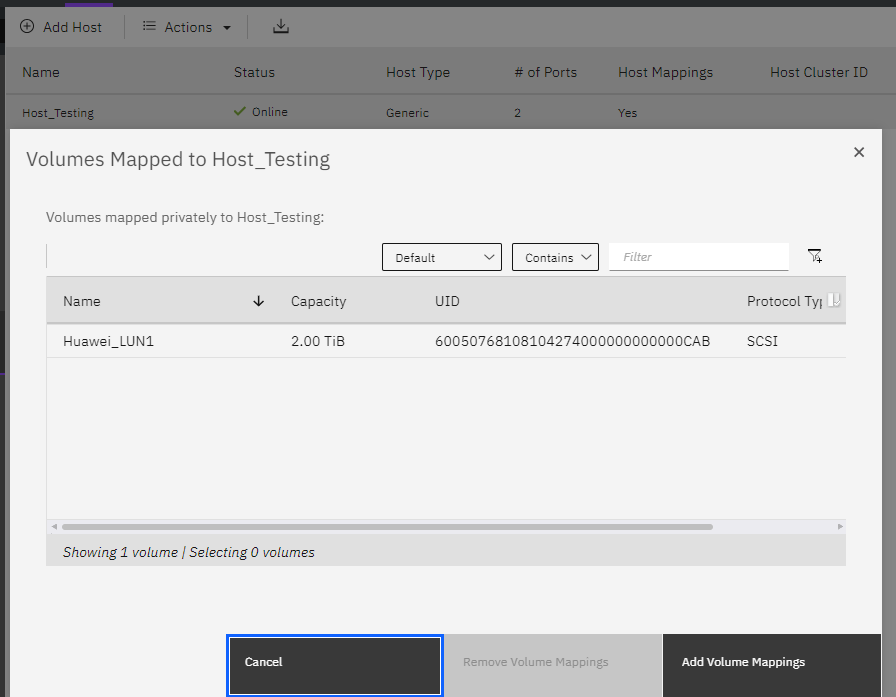  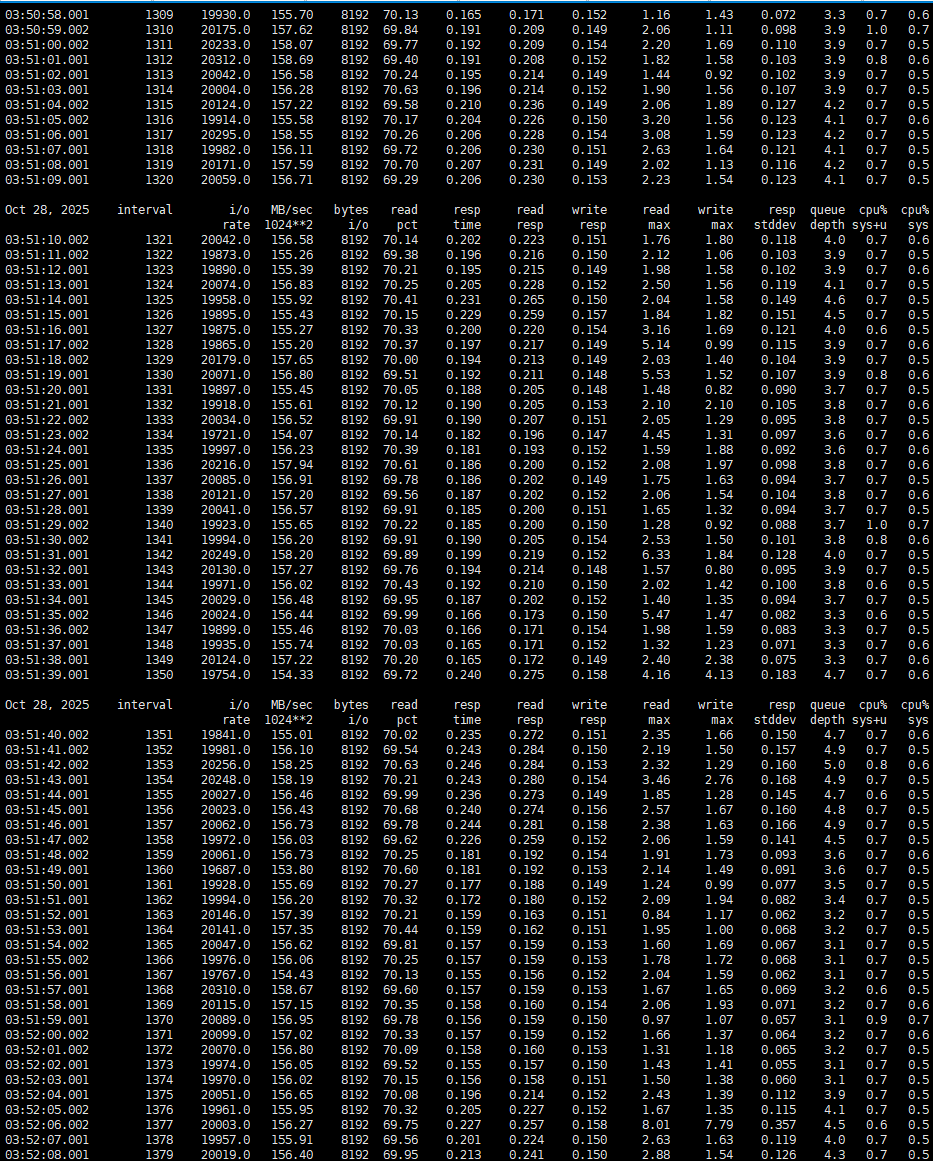 2. Step2, Check the traffic on the remote link between the gateway storage and the switch 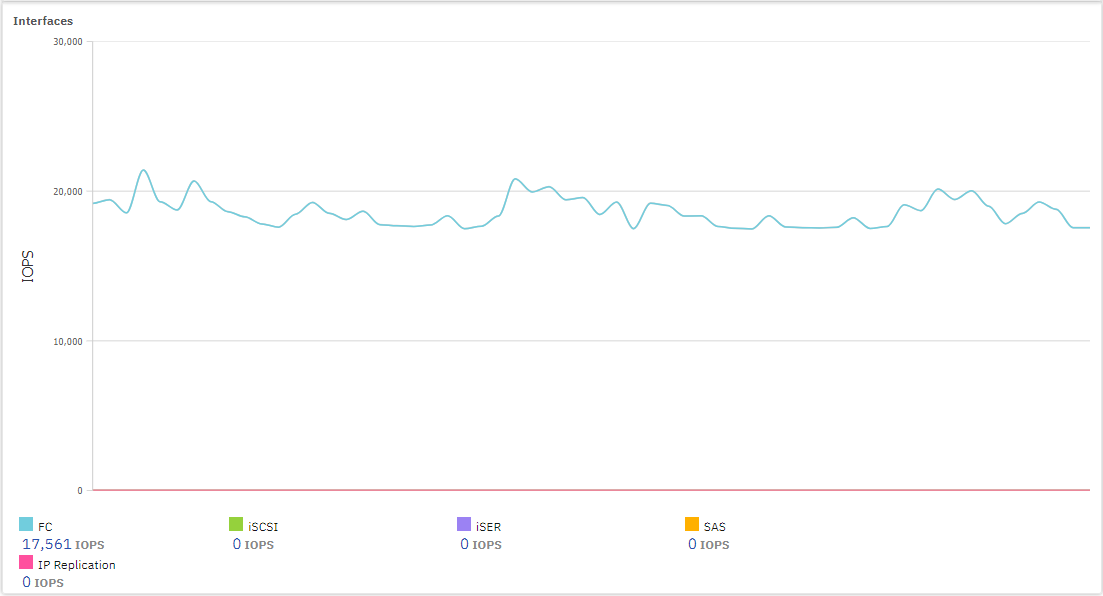 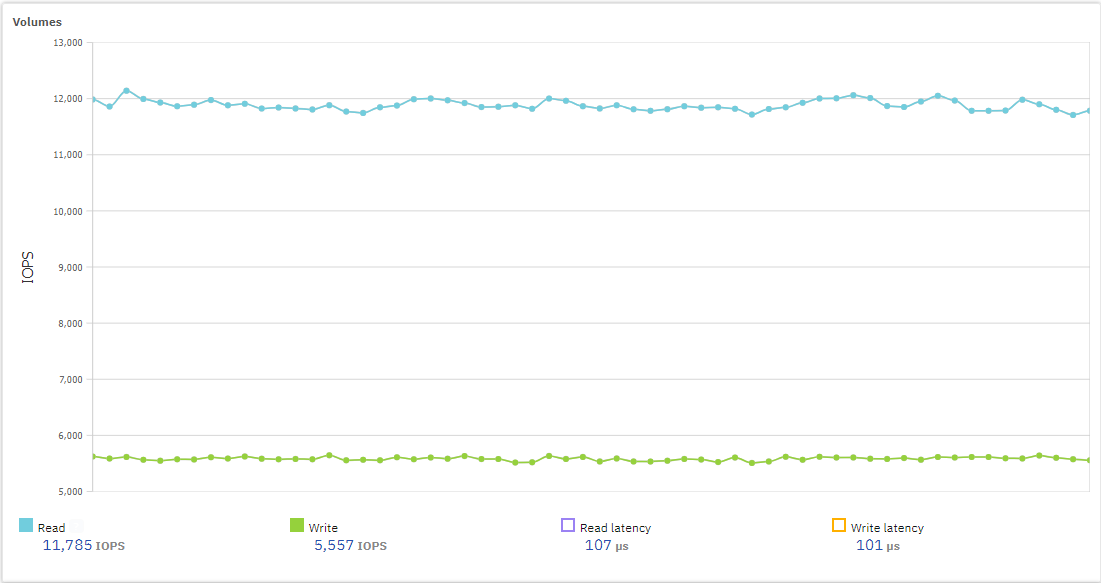   3. Step3,Vdbench runs without interruption. The traffic on the disconnected remote link is switched to other links. The switchover time has been recorded, and the duration of Vdbench IO fluctuation/return to zero has also been recorded(10 second) 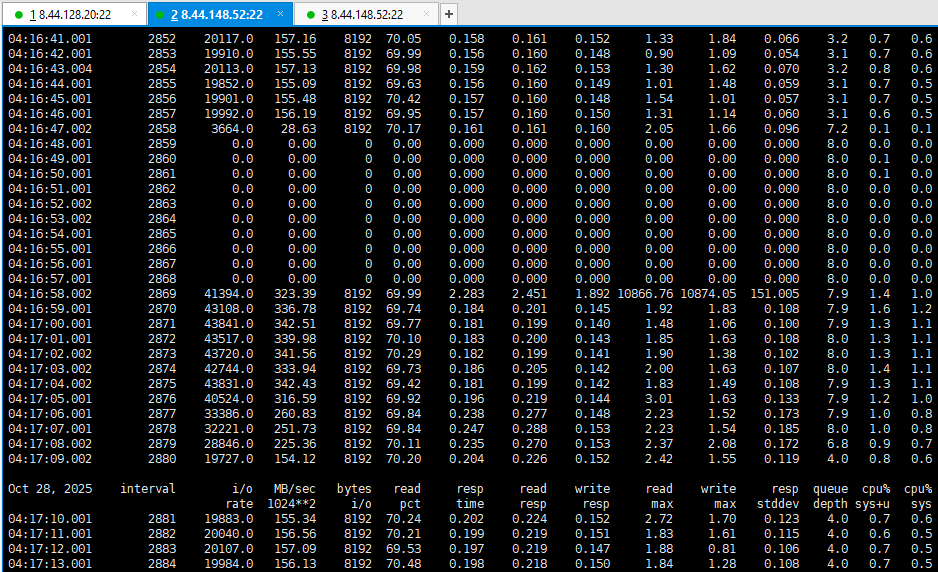   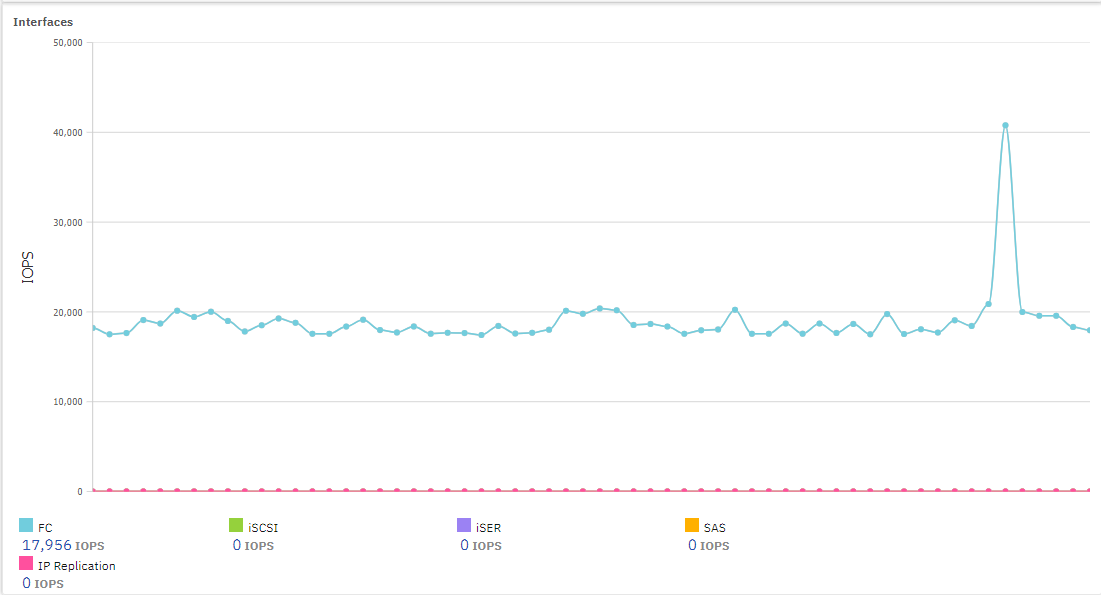 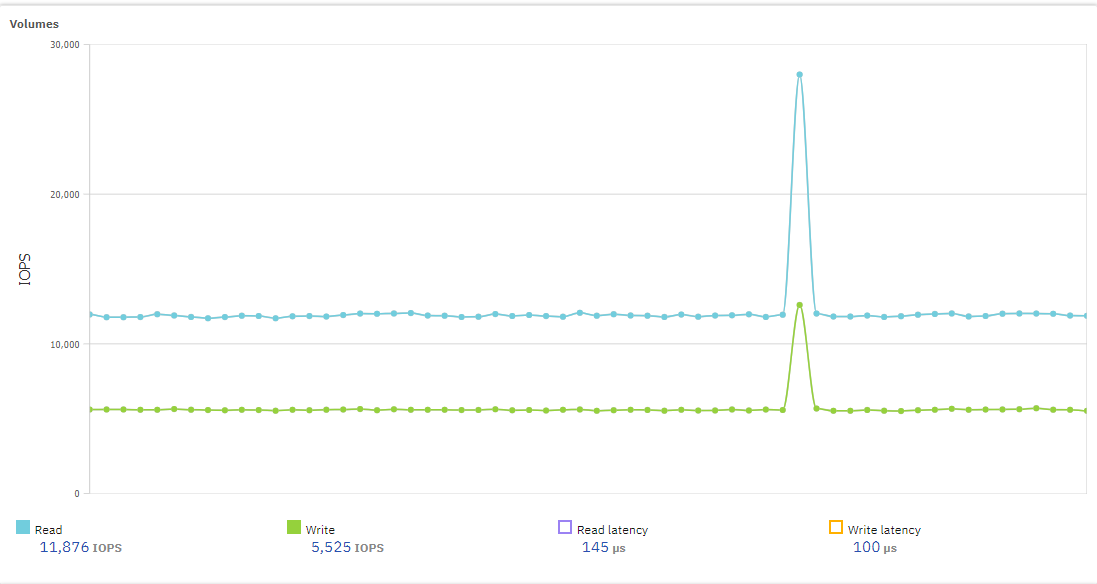 4. Step4, the duration of Vdbench IO fluctuation/return to zero has also been recorded   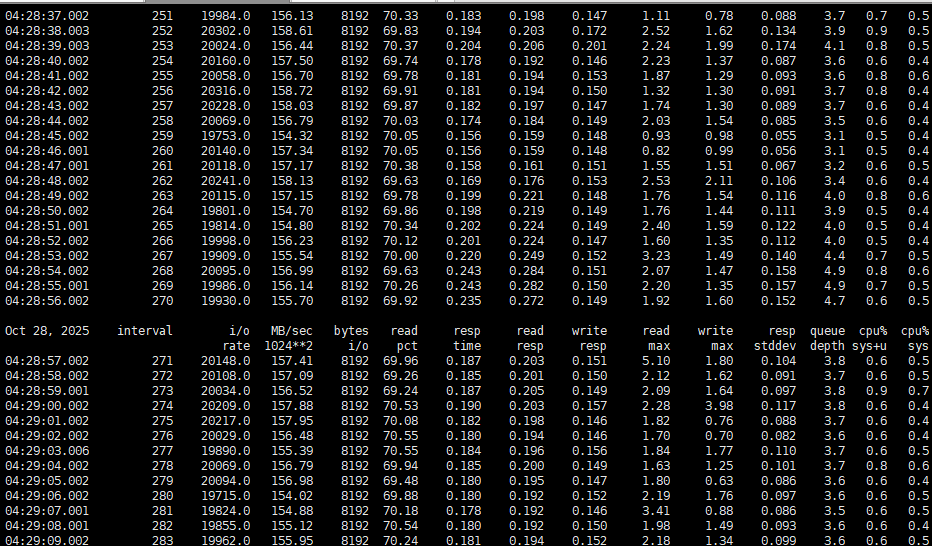 5. Repeat steps 3-4 for a total of three tests Disconnect one remote link between the Huawei storage and the switch that has I/O traffic, and observe the Vdbench operation status and the traffic on the remote link    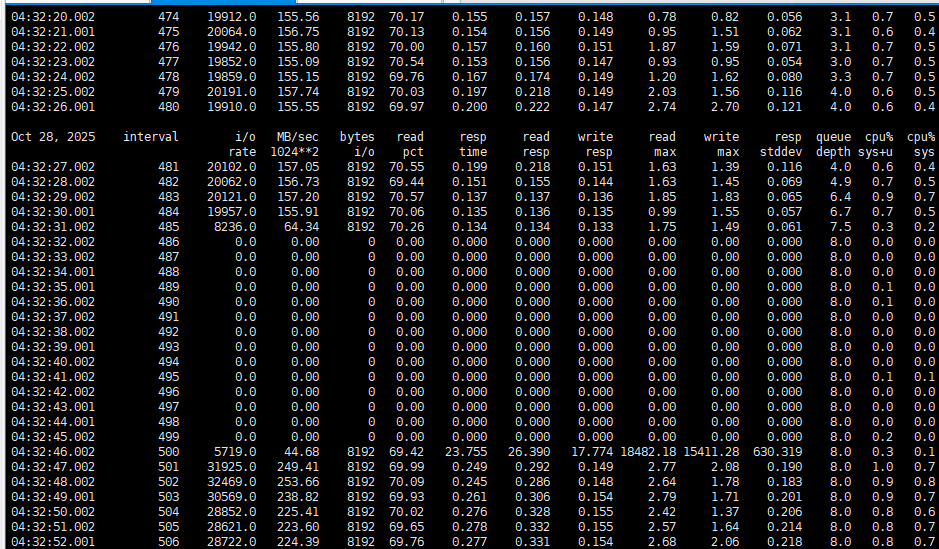  After one minute, restore the remote link and observe the Vdbench operation status and the traffic on the remote link    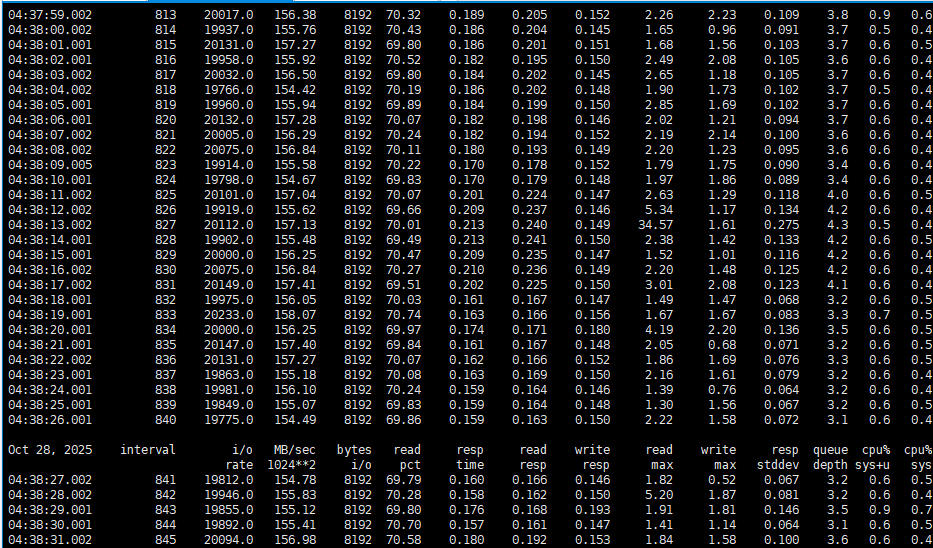 Disconnect one remote link between the Huawei storage and the switch that has I/O traffic, and observe the Vdbench operation status and the traffic on the remote link    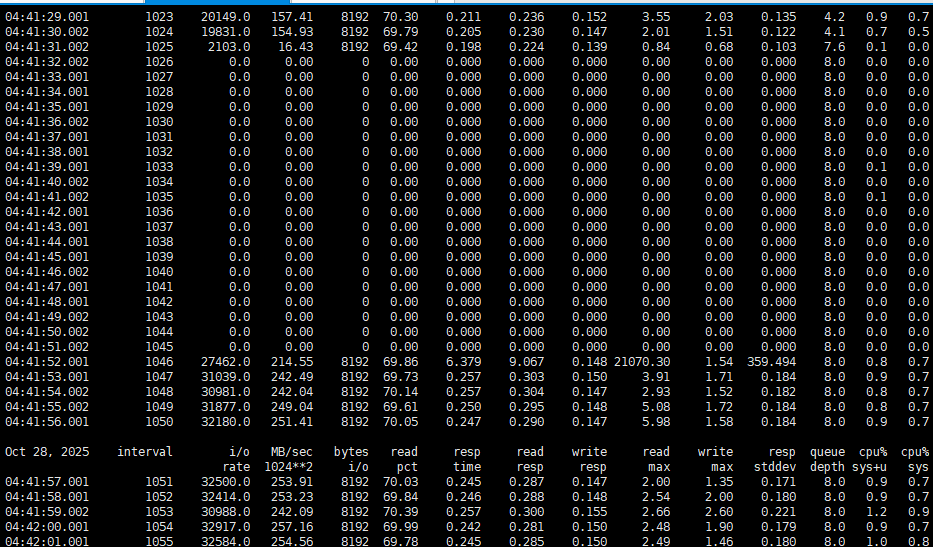 After one minute, restore the remote link and observe the Vdbench operation status and the traffic on the remote link    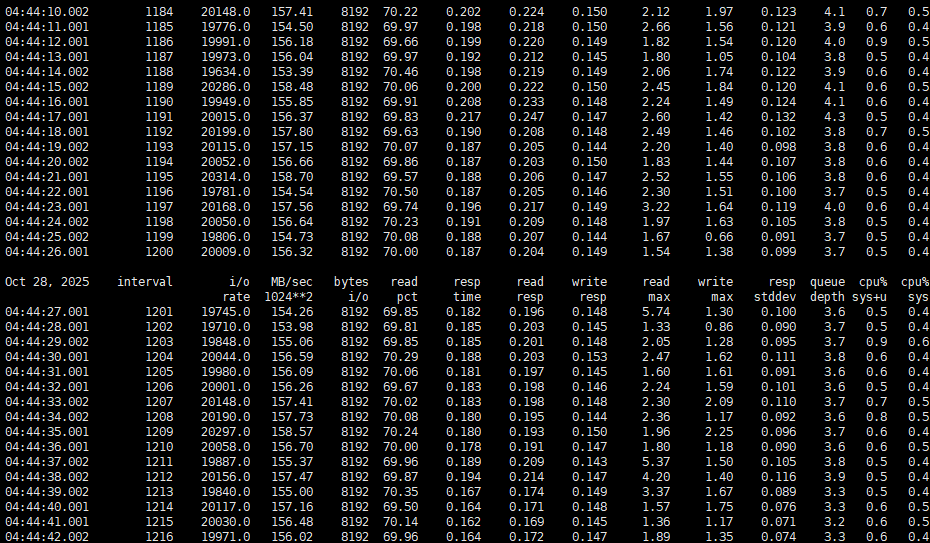 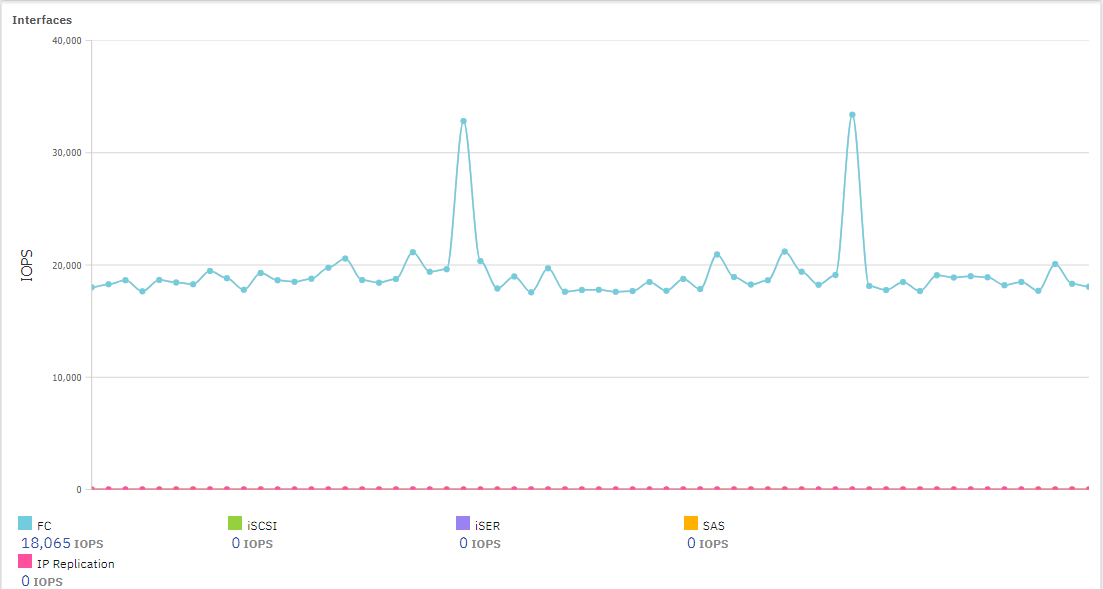 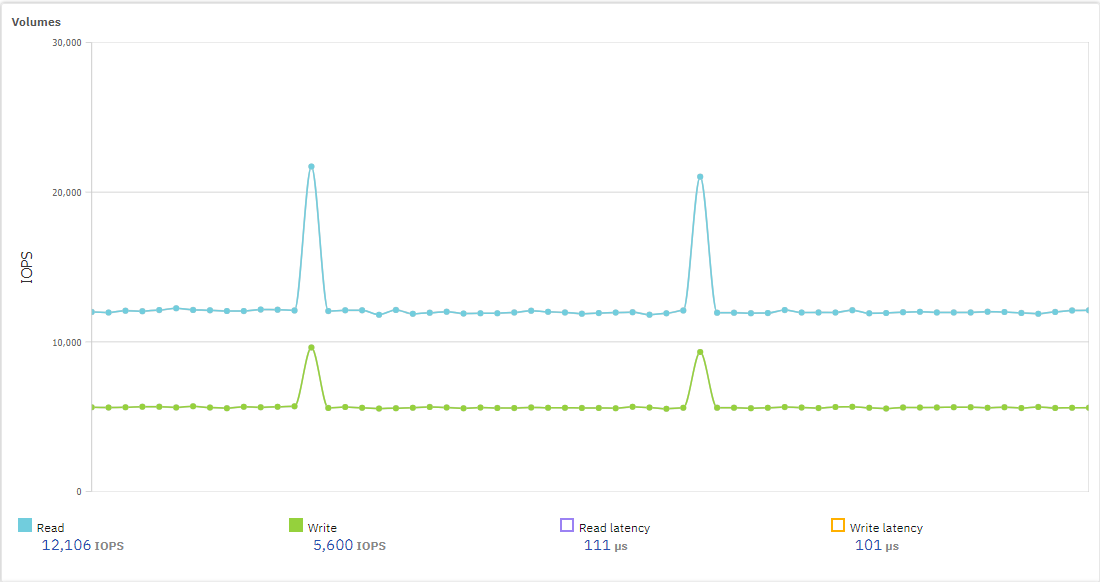 |
Test Conclusion | Passed |
5.2 Switch Networking – Gateway Array Side Single Link Disconnection and Recovery for an Extended Period of Time
Prerequisites |
|
Test Procedure |
|
Expected Result |
|
Test Result |
 
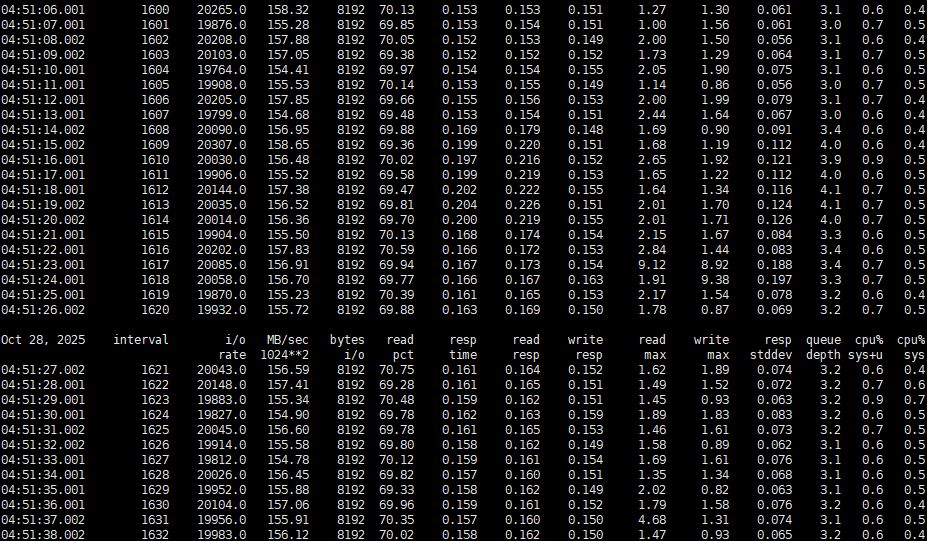
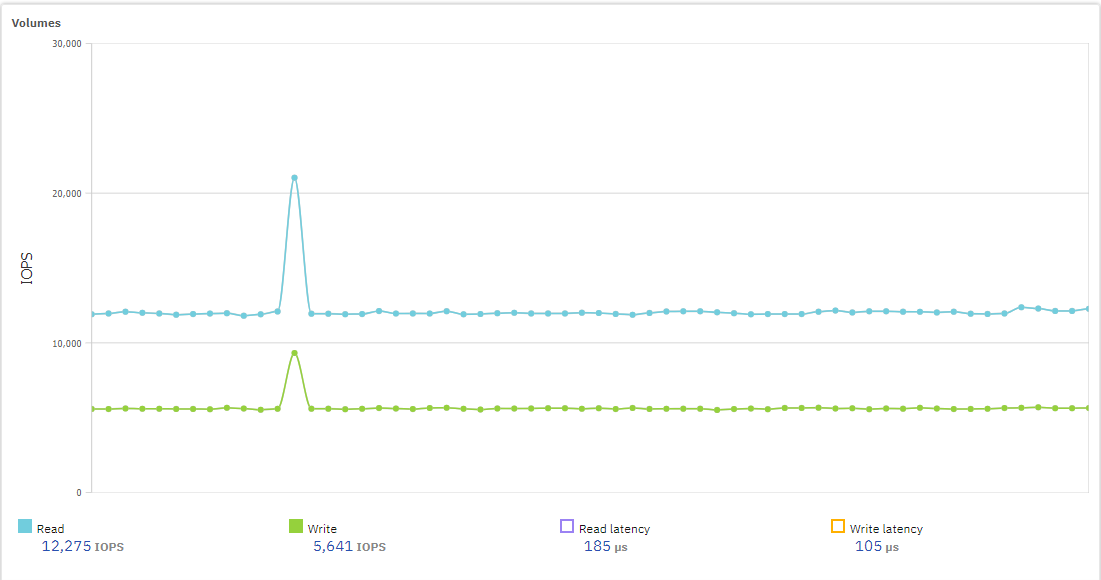
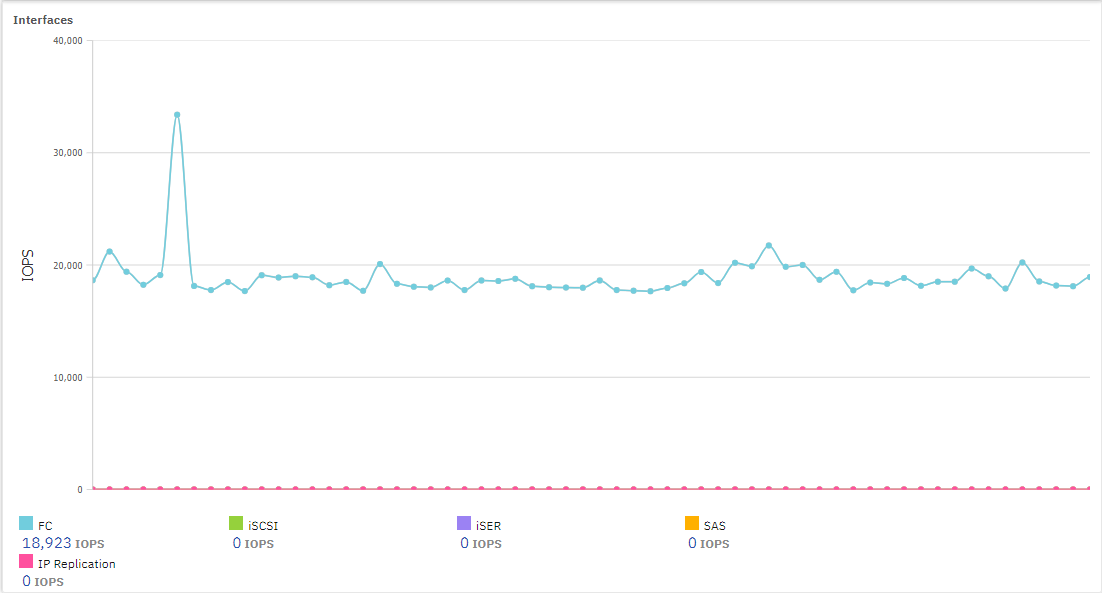
 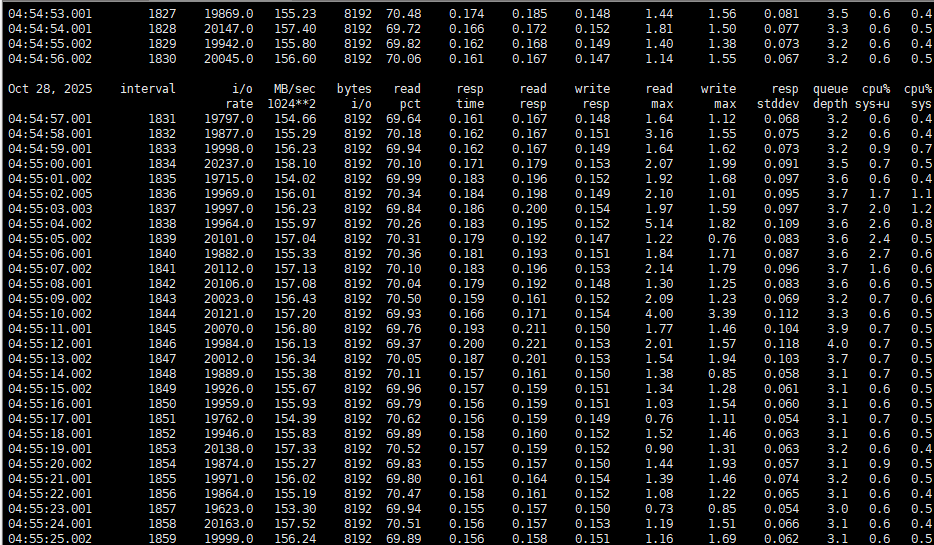
 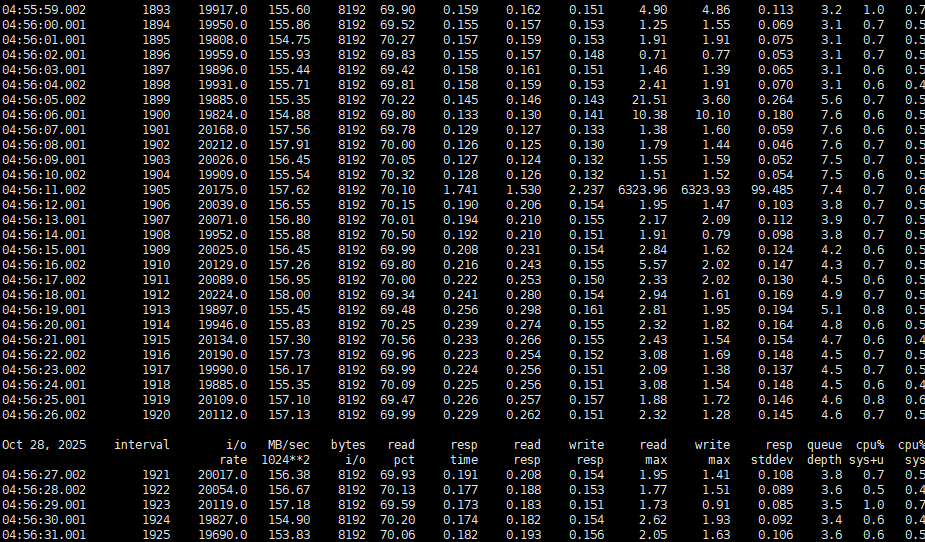

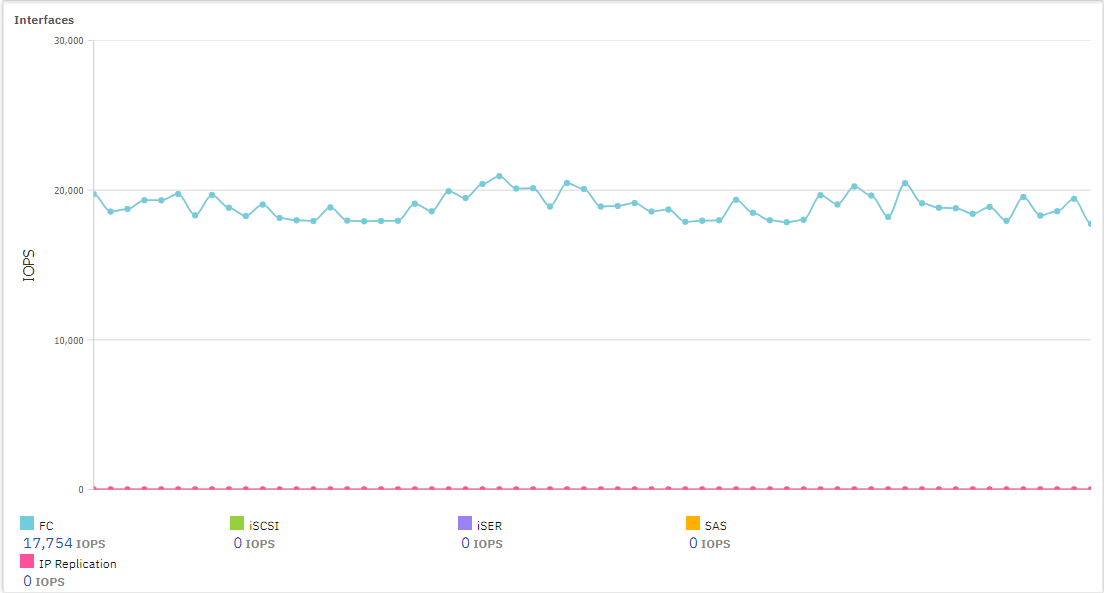
 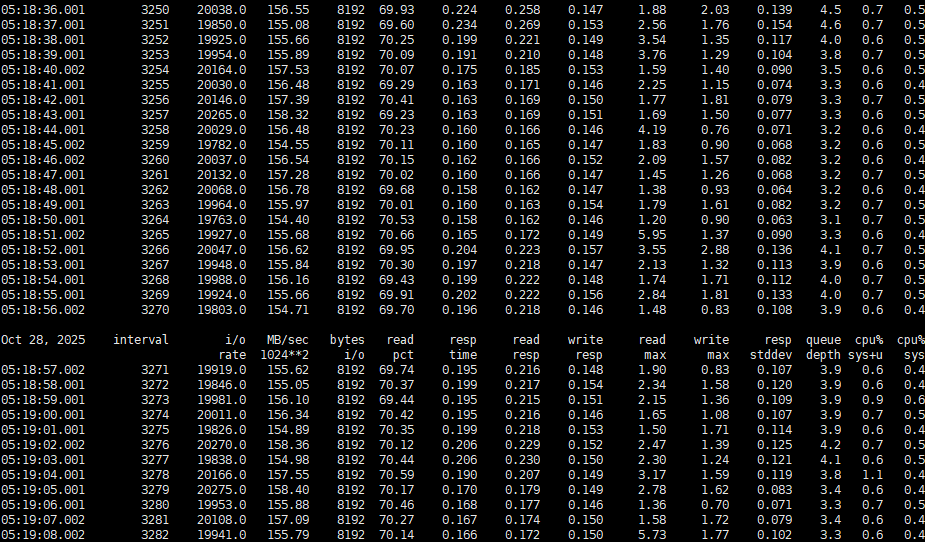
 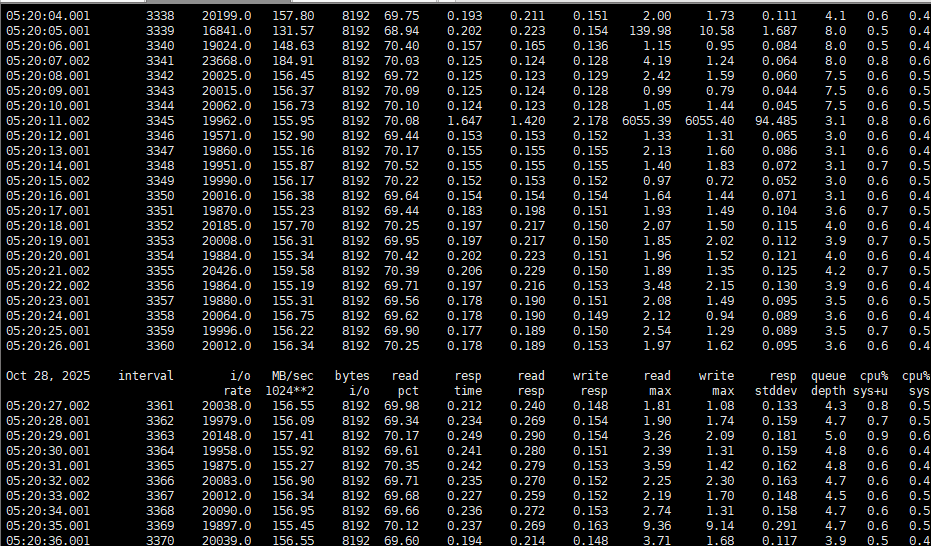
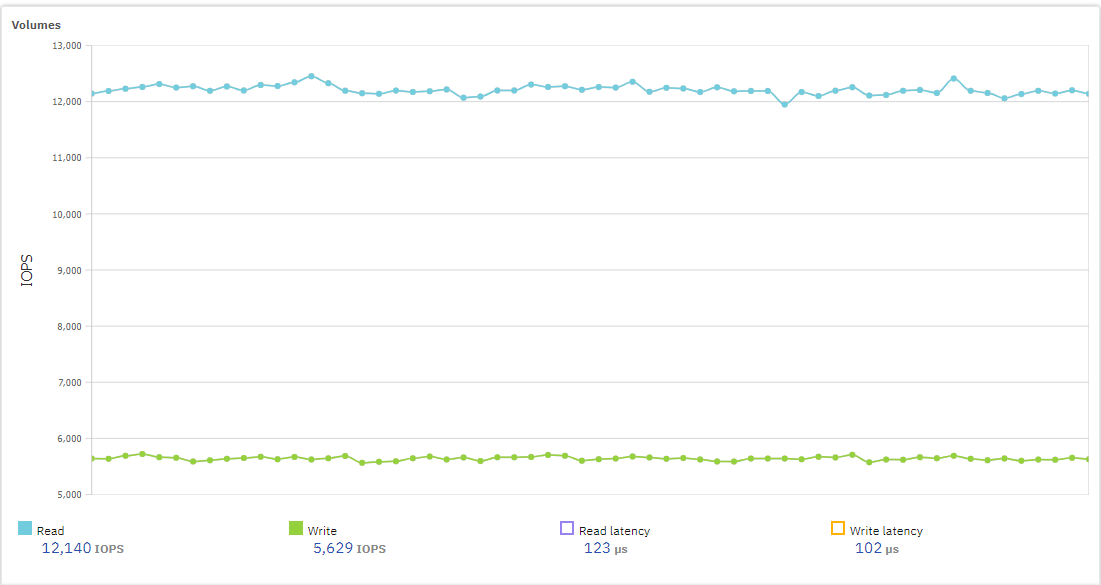
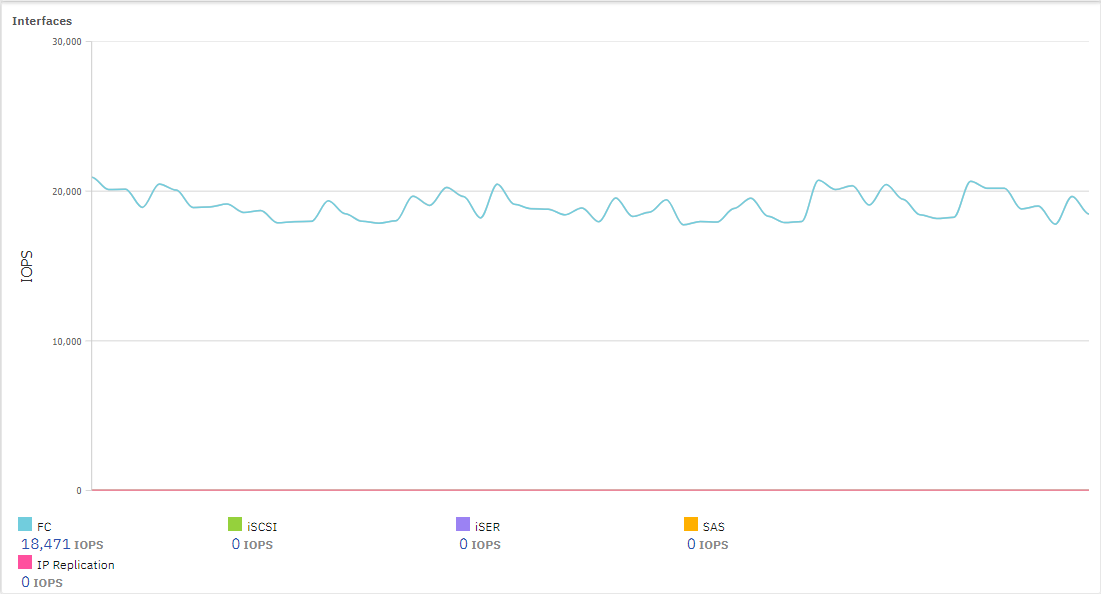
 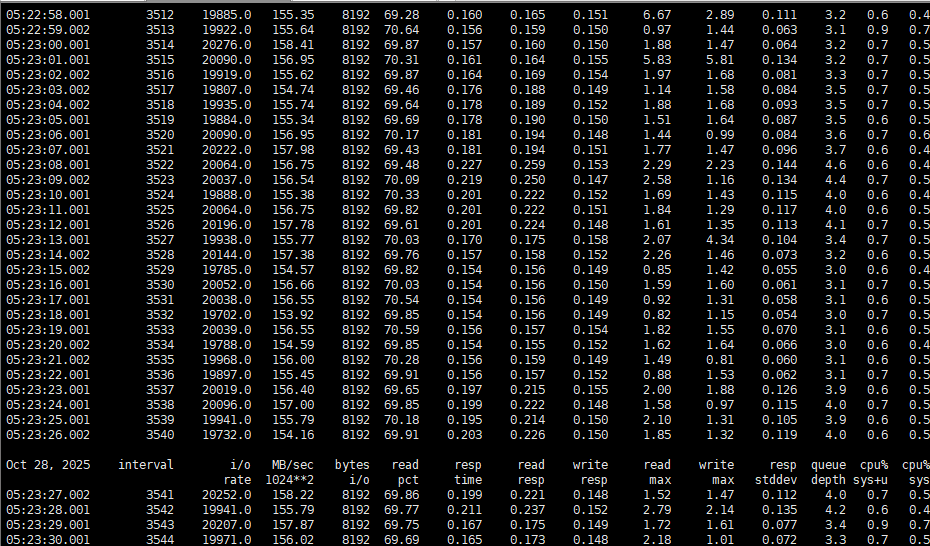
|
Test Conclusion | Passed |
5.3 A controller was abnormally removed and then restored.
Prerequisites |
|
Test Procedure |
|
Expected Result |
|
Test Result |
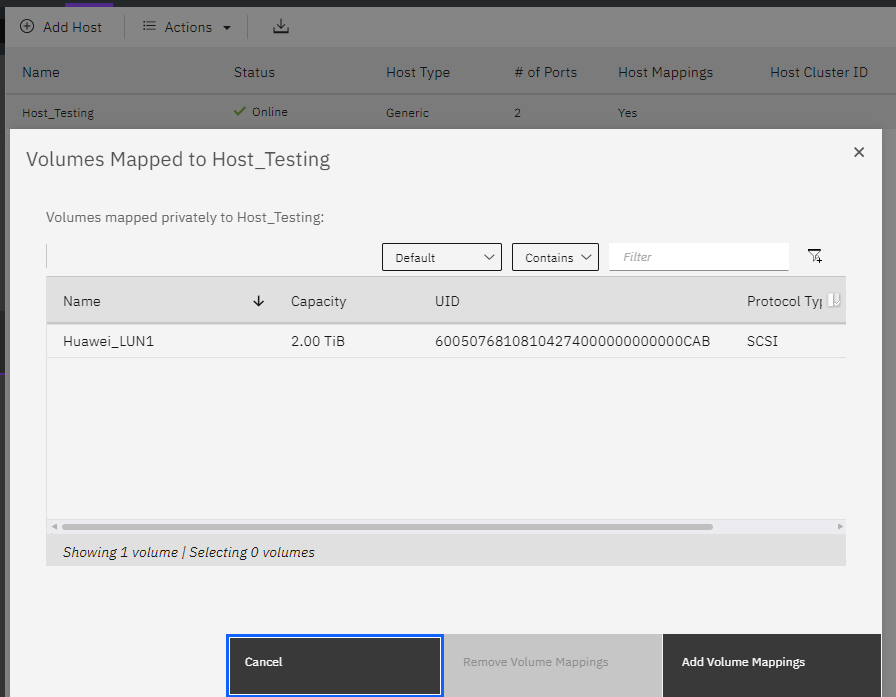  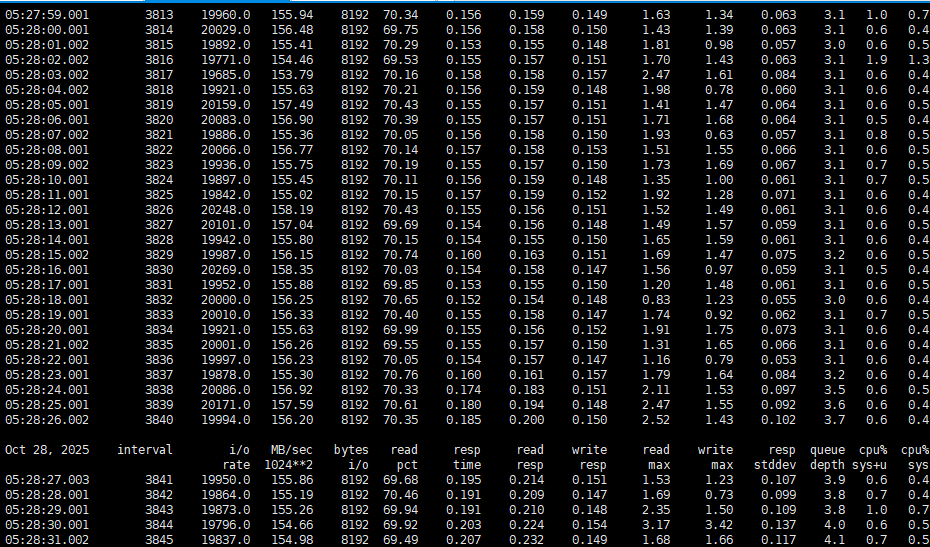 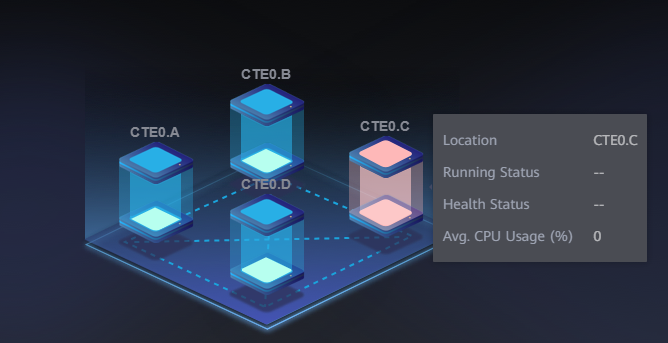 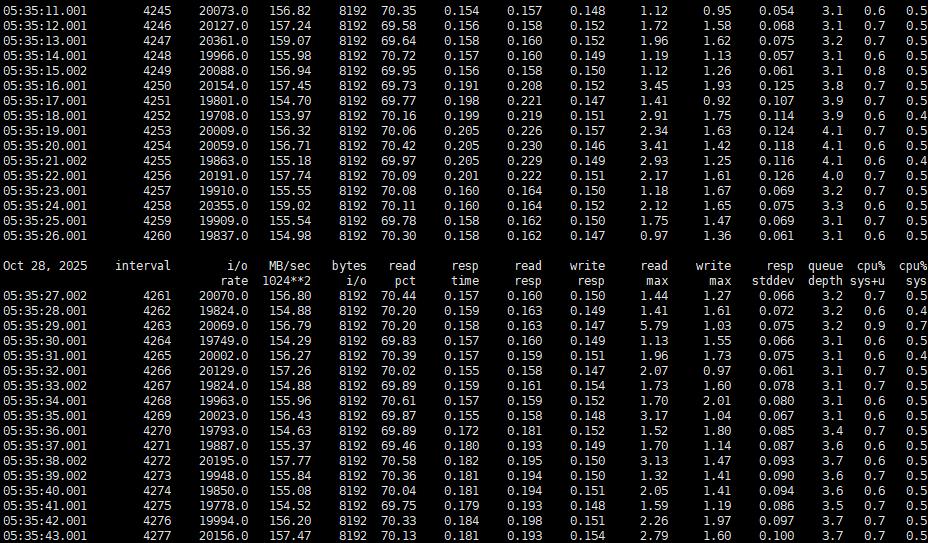 3. Step3, the environment can return to normal  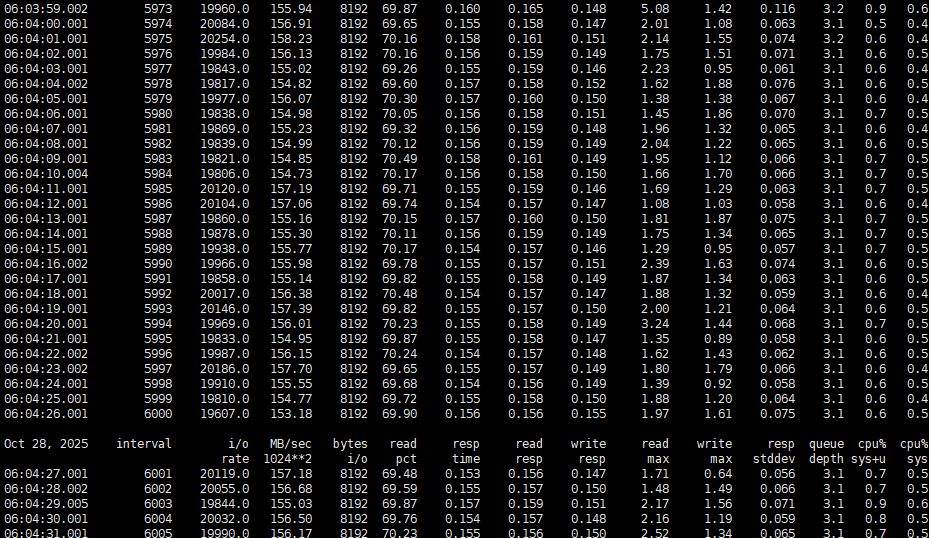   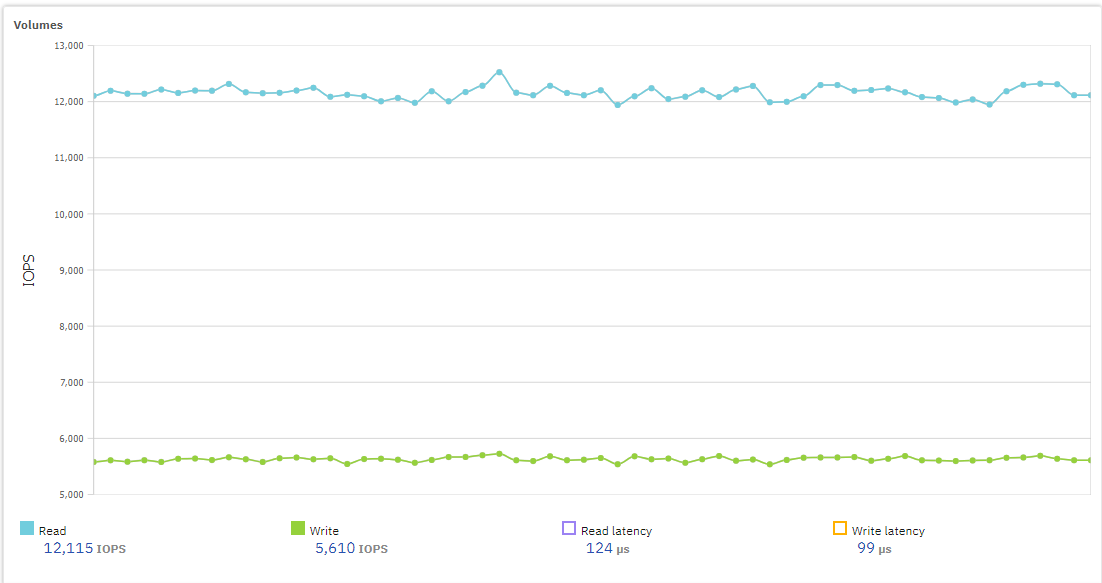 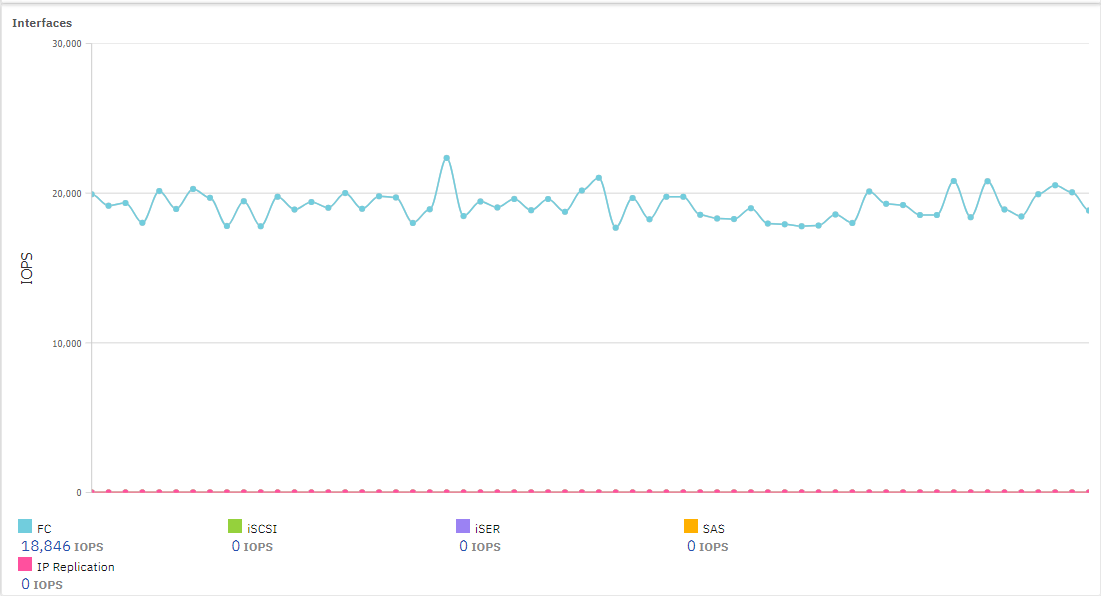 4. Step 4, the Vdbench IO fluctuation/reset status has been recorded  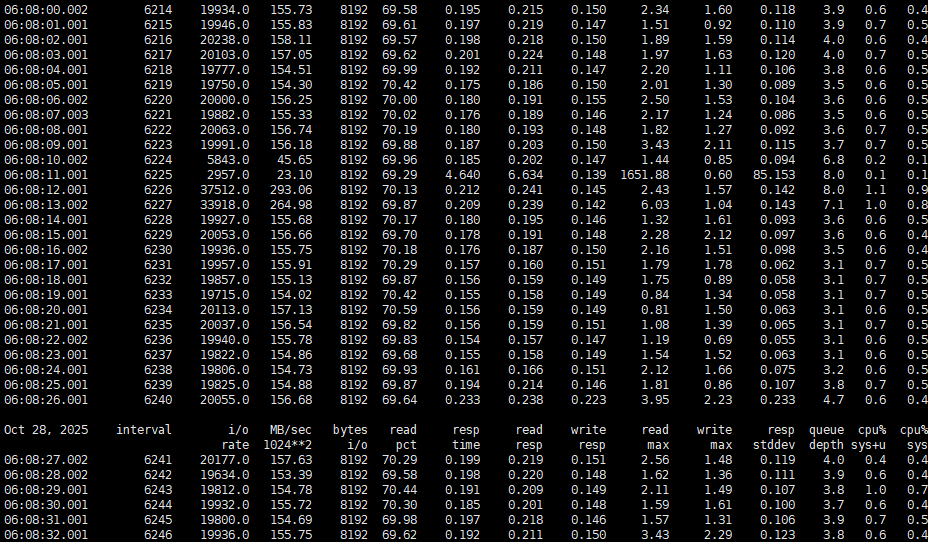 Step 5, the environment can return to normal  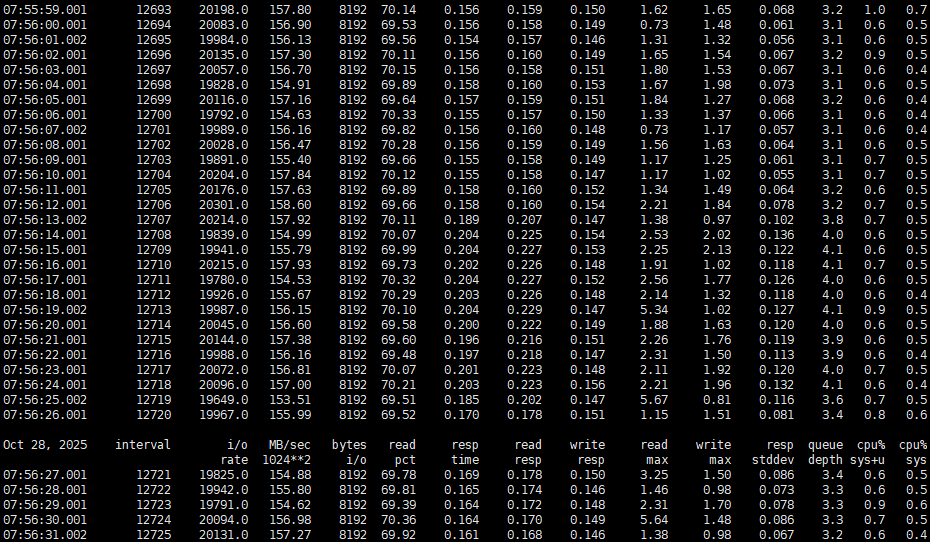   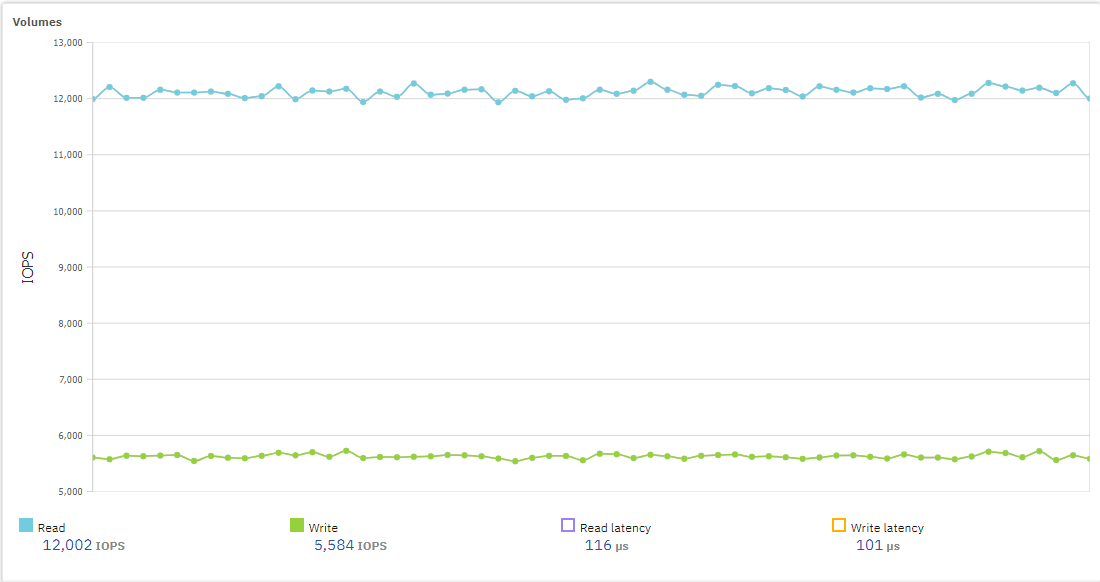 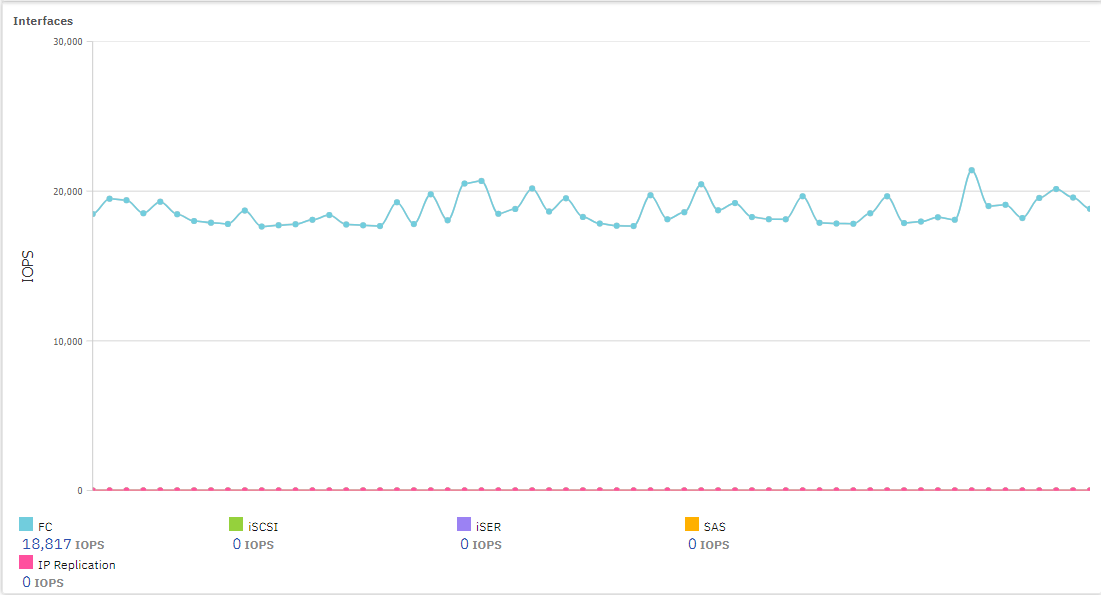 Throughout the entire test process, Vdbench runs without interruption |
Test Conclusion | Passed |
5.4 Abnormal Removal and Recovery of Interface Card
Prerequisites |
|
Test Procedure |
|
Expected Result |
|
Test Result |
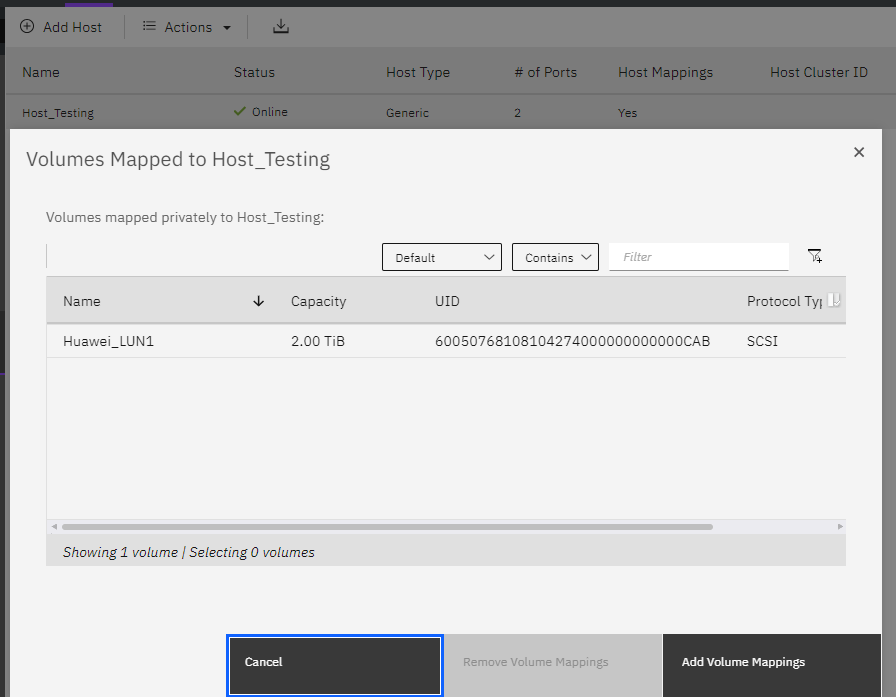  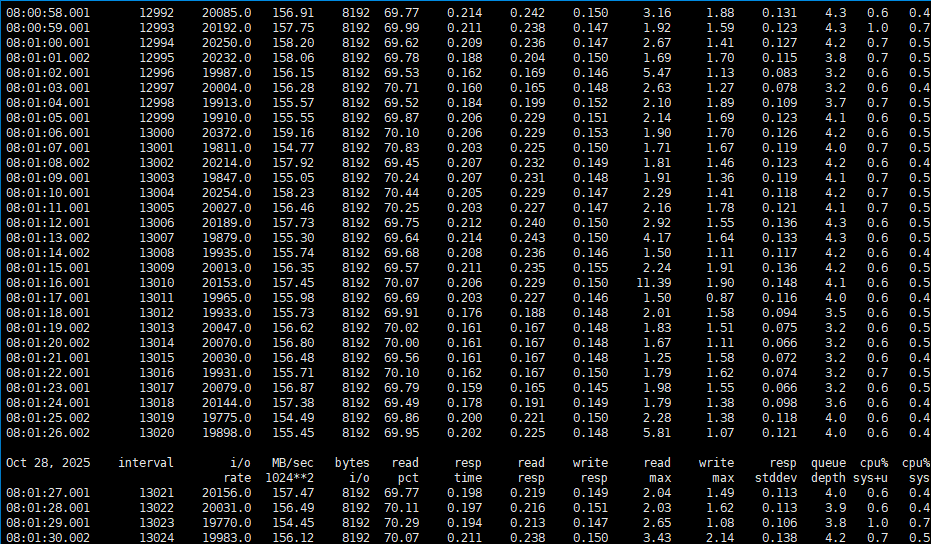 2. Step2, the Vdbench IO fluctuation/reset status has been recorded 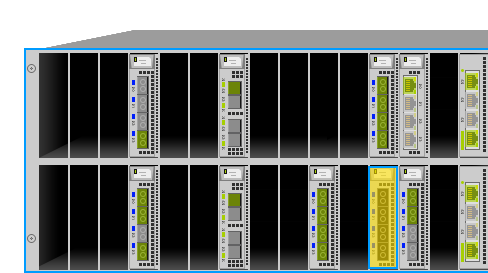 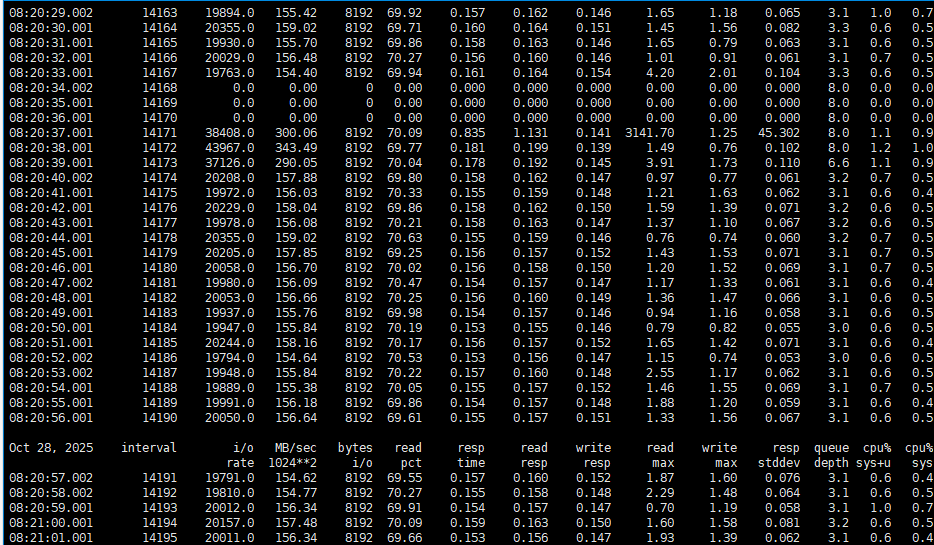   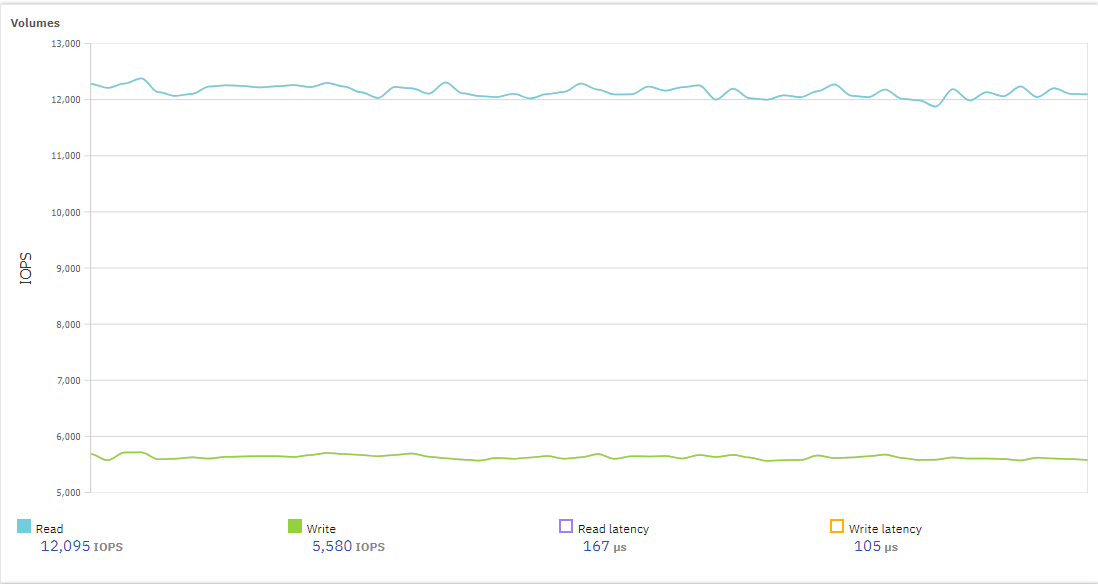 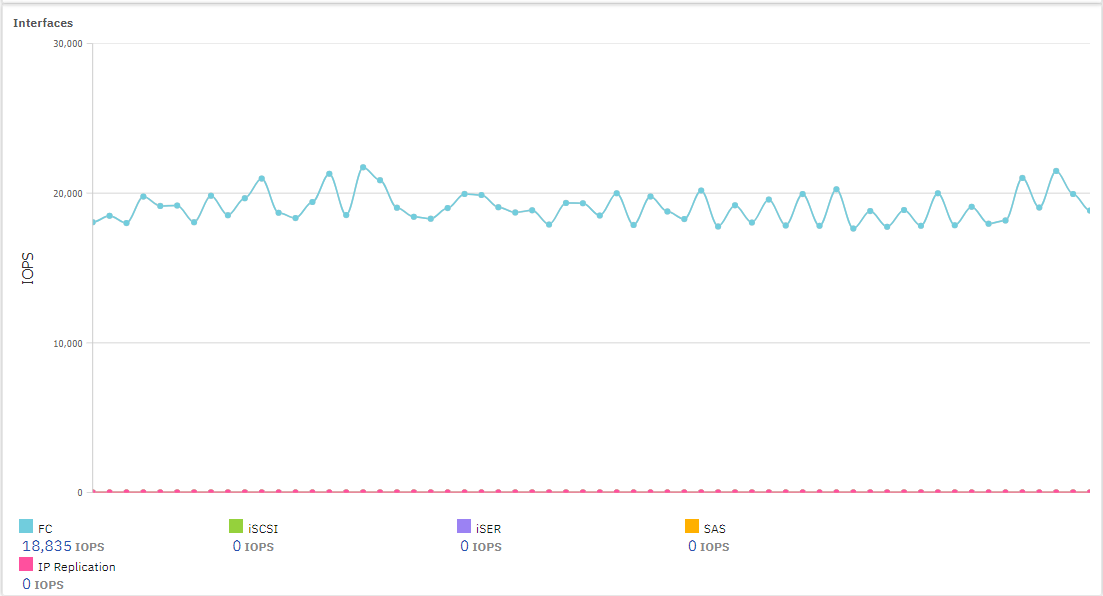 3. Step3, the environment can return to normal 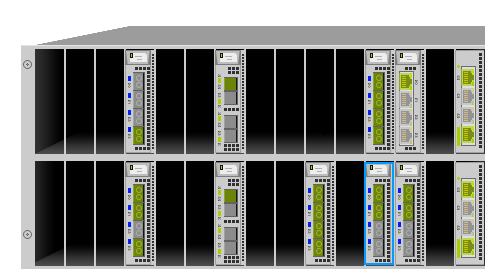 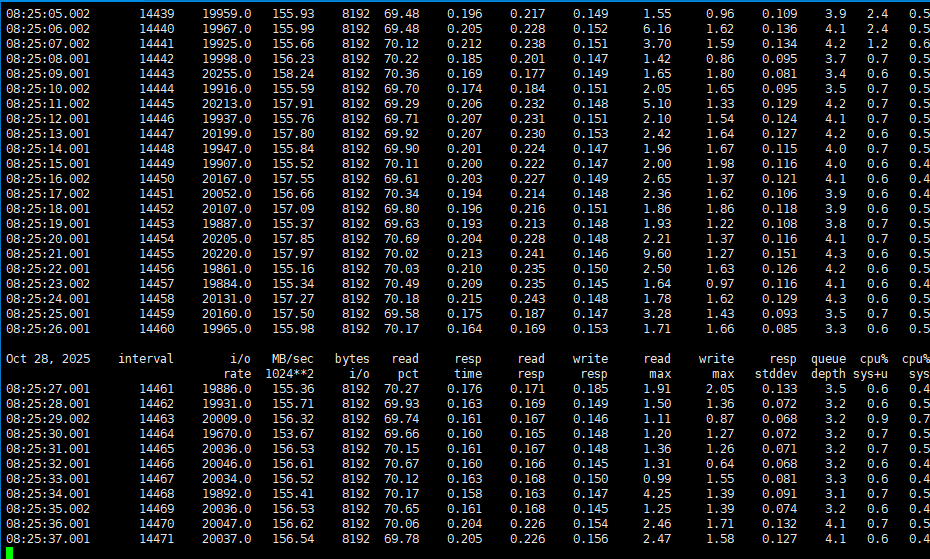   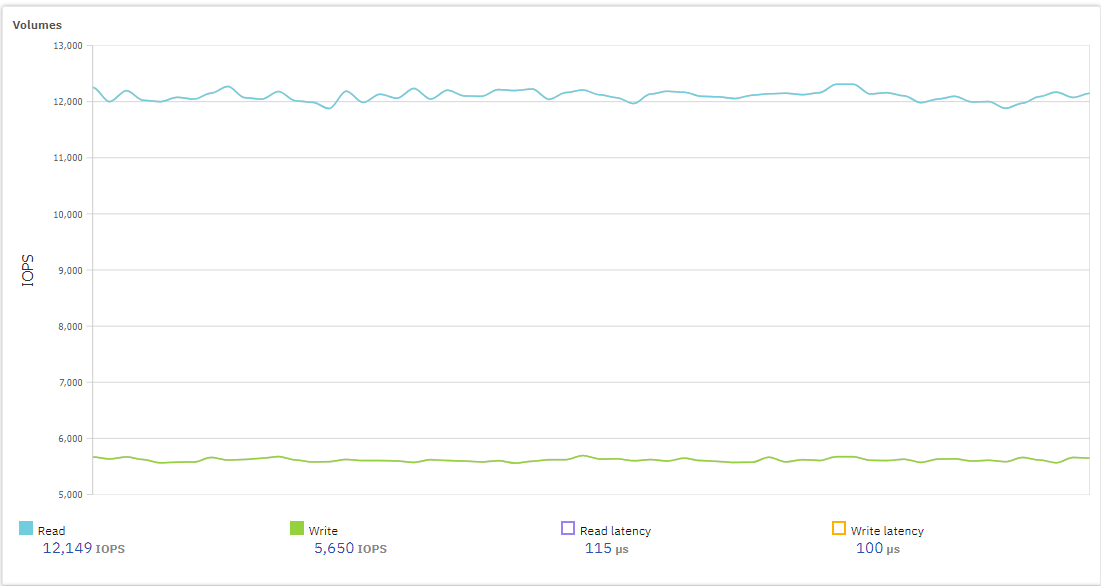 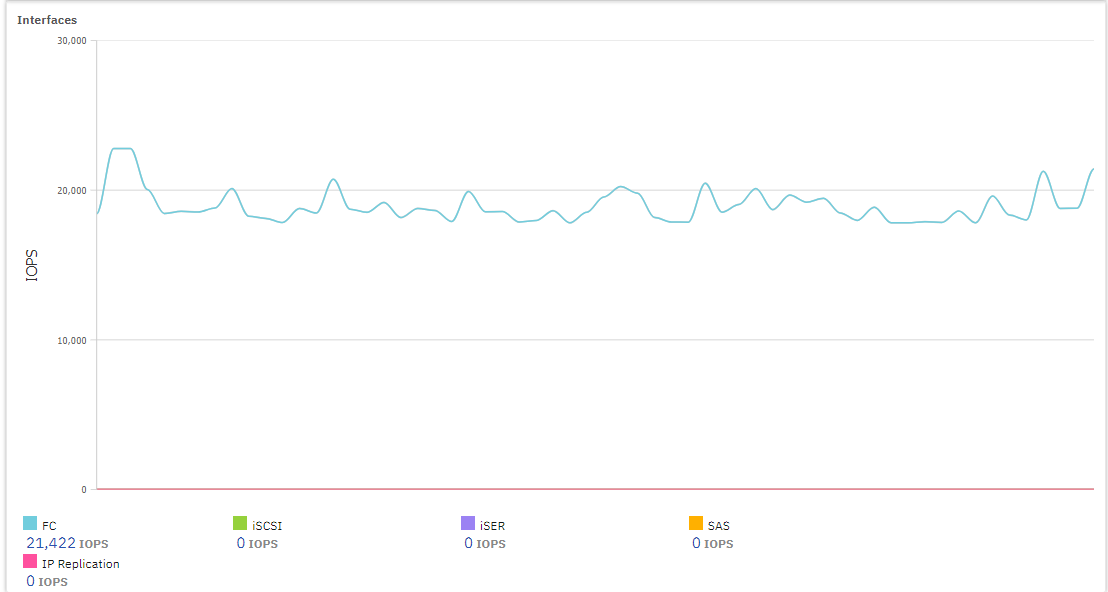 Throughout the entire test process, Vdbench runs without interruption |
Test Conclusion | Passed |
5.5 Huawei Storage System Abnormal Power Failure and Recovery
Prerequisites |
|
Test Procedure |
|
Expected Result |
|
Test Result |
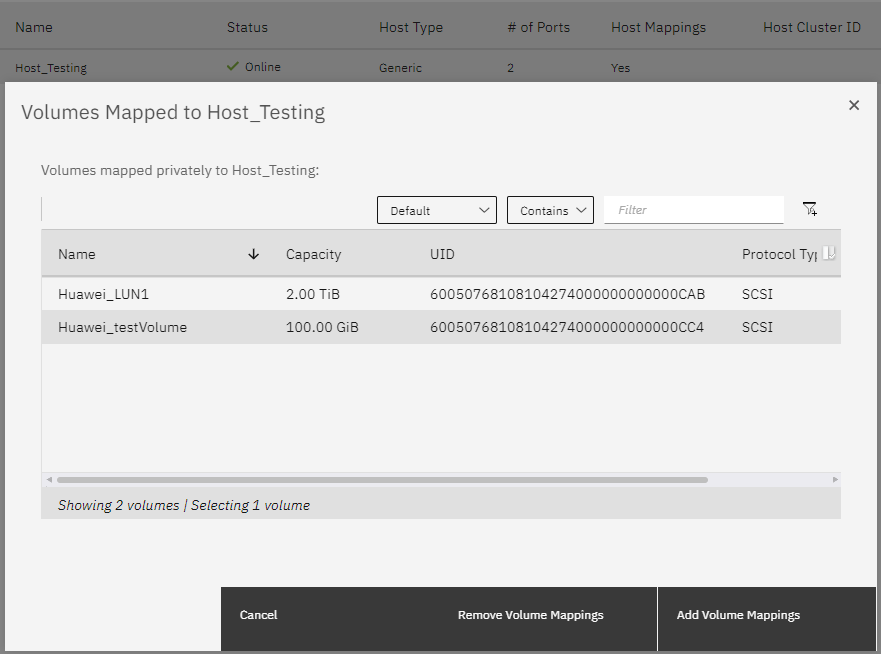 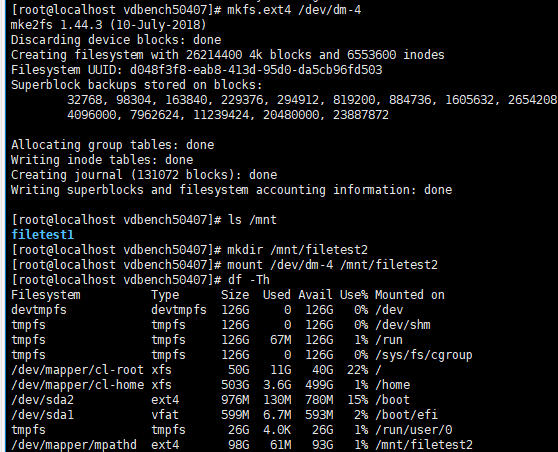 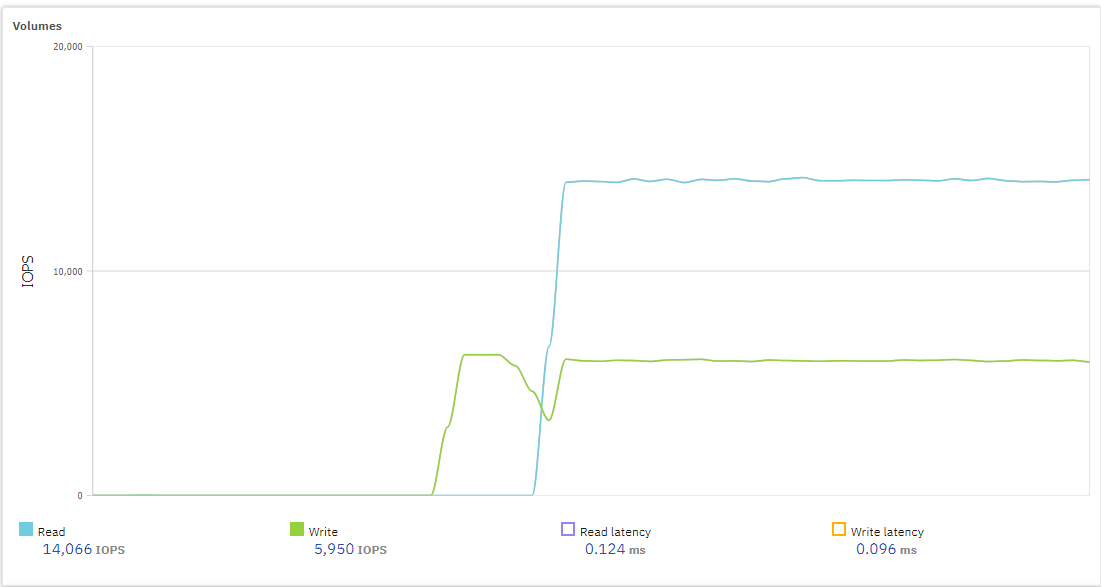 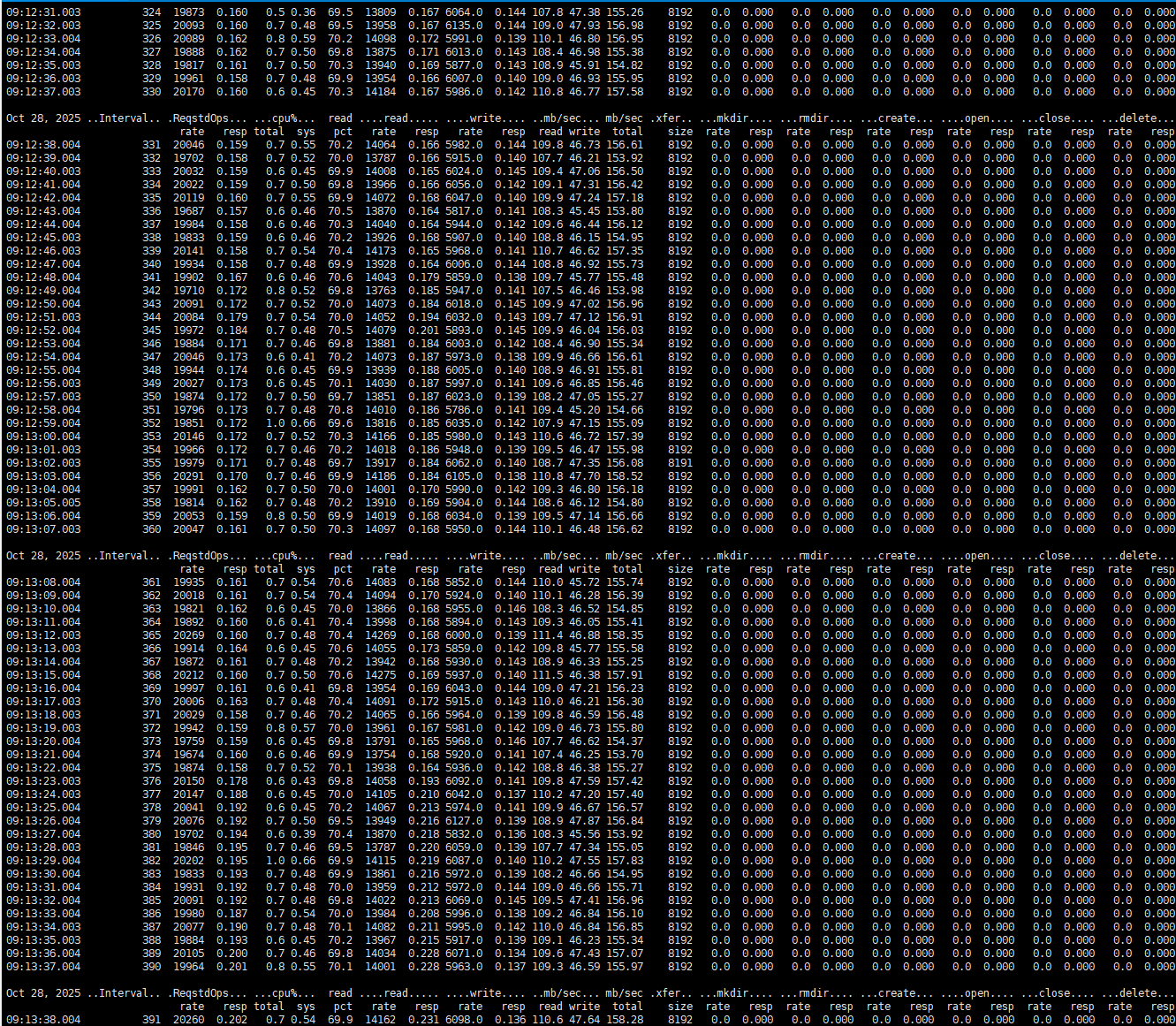 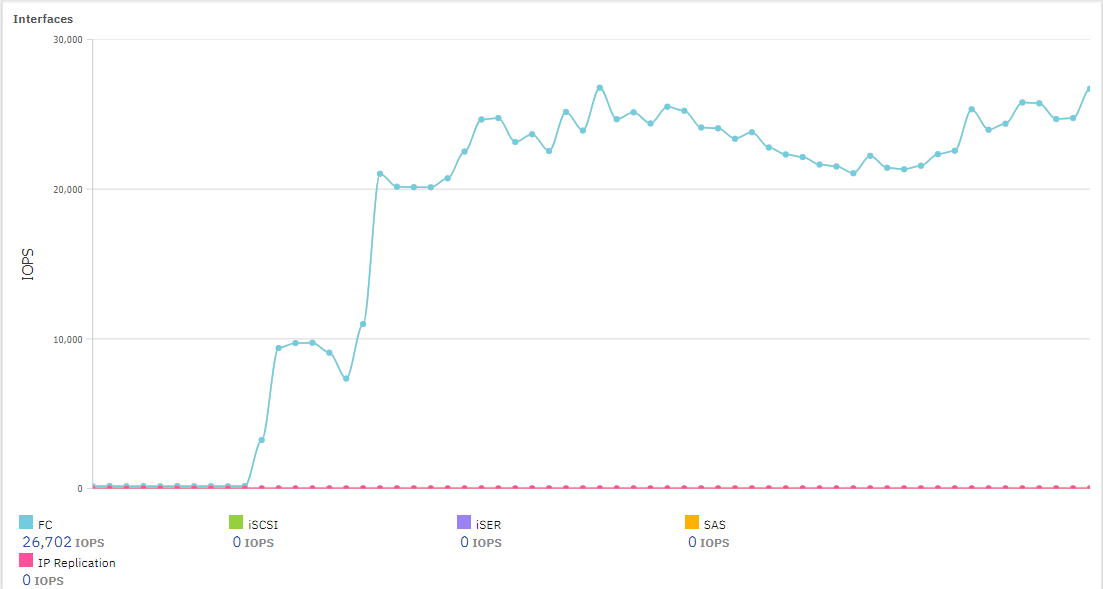 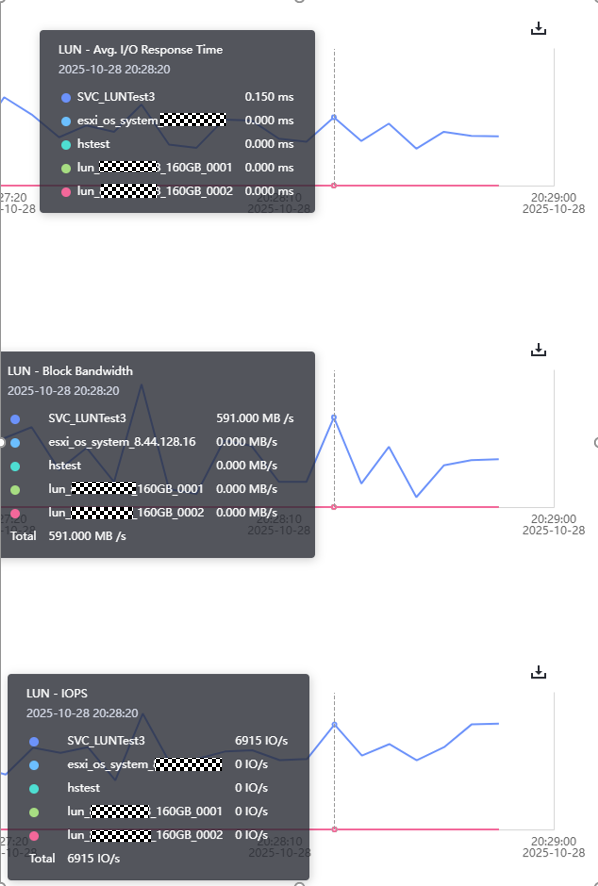 Check the md5 value of the file data which was write into the volume  [root@localhost vdb.1_1.dir]# md5sum /mnt/filetest2/vdb.1_1.dir/vdb_f0000.file da1f618fe06f5db2f89710025af59b79 /mnt/filetest2/vdb.1_1.dir/vdb_f0000.file [root@localhost vdb.1_1.dir]# md5sum /mnt/filetest2/vdb.1_1.dir/vdb_f0001.file 5c7da67f75bfb6d301c617031a730490 /mnt/filetest2/vdb.1_1.dir/vdb_f0001.file [root@localhost vdb.1_1.dir]# md5sum /mnt/filetest2/vdb.1_1.dir/vdb_f0002.file 9a4ca3521110a94b6cd71e0db9554223 /mnt/filetest2/vdb.1_1.dir/vdb_f0002.file 2. Step3,the Huawei storage device on the gateway storage is in a Degraded state  3. Step5, the status of the Huawei storage device on the gateway storage returns to normal   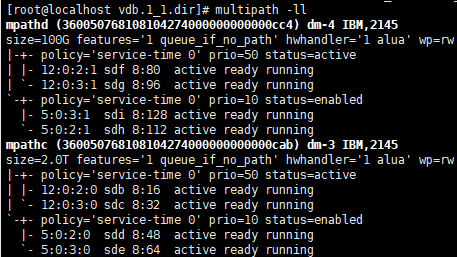 4. Step6,No data loss in the filesystem 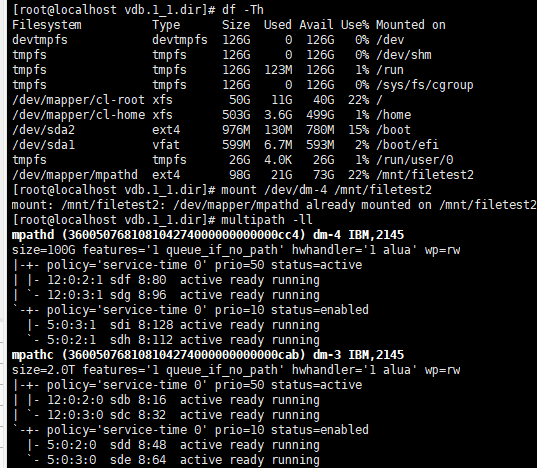 All md5 value of the files are same  vdb_f0000.file vdb_f0001.file vdb_f0002.file vdb_f0003.file vdb_f0004.file vdb_f0005.file vdb_f0006.file vdb_f0007.file vdb_f0008.file vdb_f0009.file [root@localhost vdb.1_1.dir]# md5sum /mnt/filetest2/vdb.1_1.dir/vdb_f0000.file da1f618fe06f5db2f89710025af59b79 /mnt/filetest2/vdb.1_1.dir/vdb_f0000.file [root@localhost vdb.1_1.dir]# md5sum /mnt/filetest2/vdb.1_1.dir/vdb_f0001.file 5c7da67f75bfb6d301c617031a730490 /mnt/filetest2/vdb.1_1.dir/vdb_f0001.file [root@localhost vdb.1_1.dir]# md5sum /mnt/filetest2/vdb.1_1.dir/vdb_f0002.file 9a4ca3521110a94b6cd71e0db9554223 /mnt/filetest2/vdb.1_1.dir/vdb_f0002.file |
Test Conclusion | Passed |